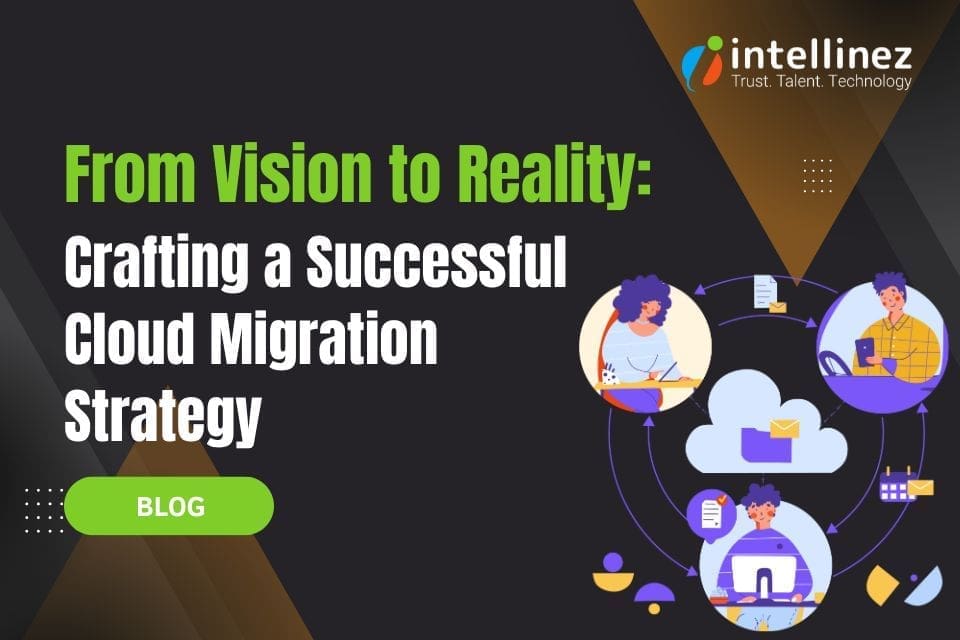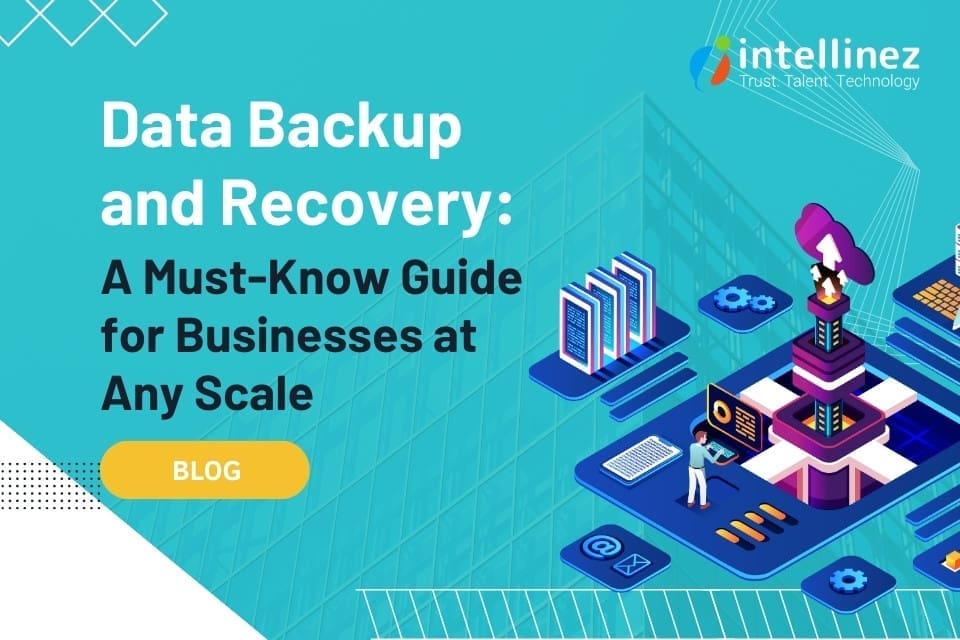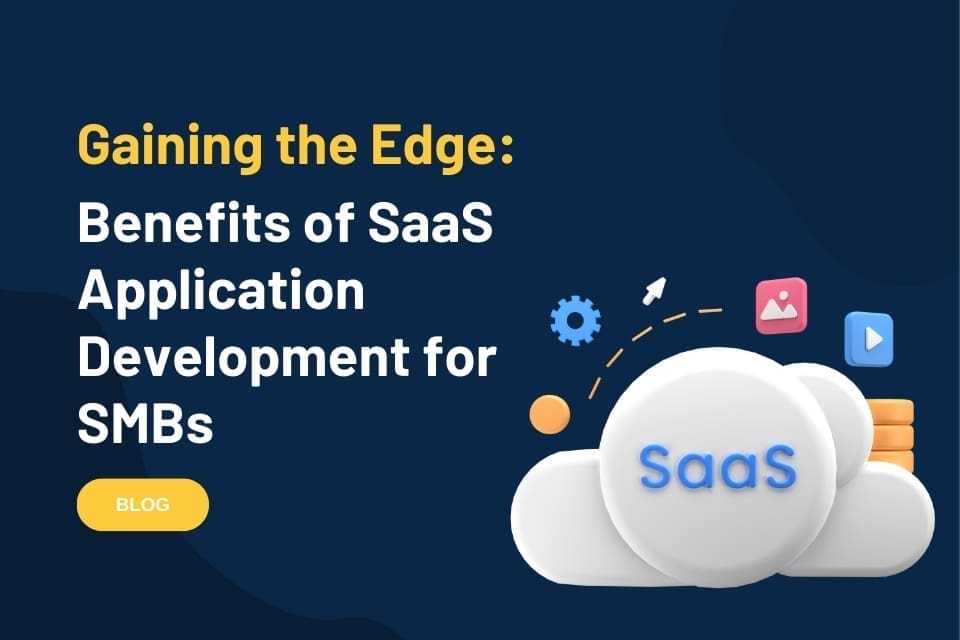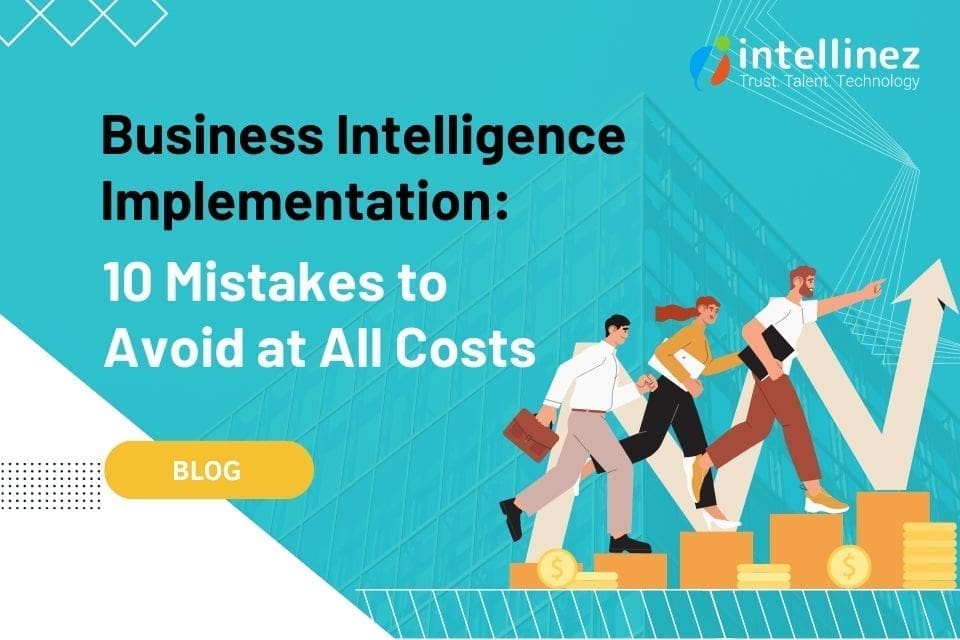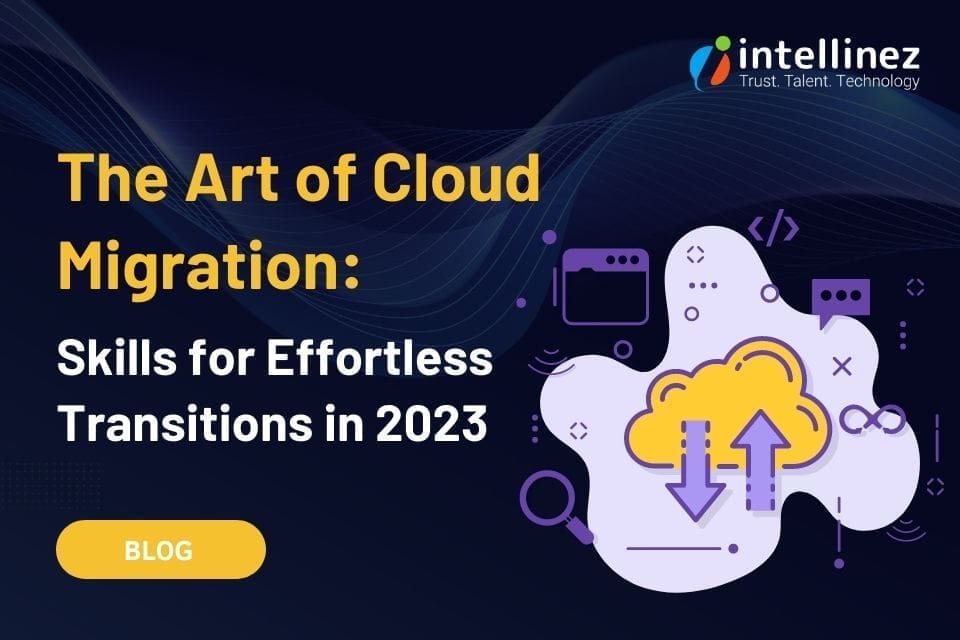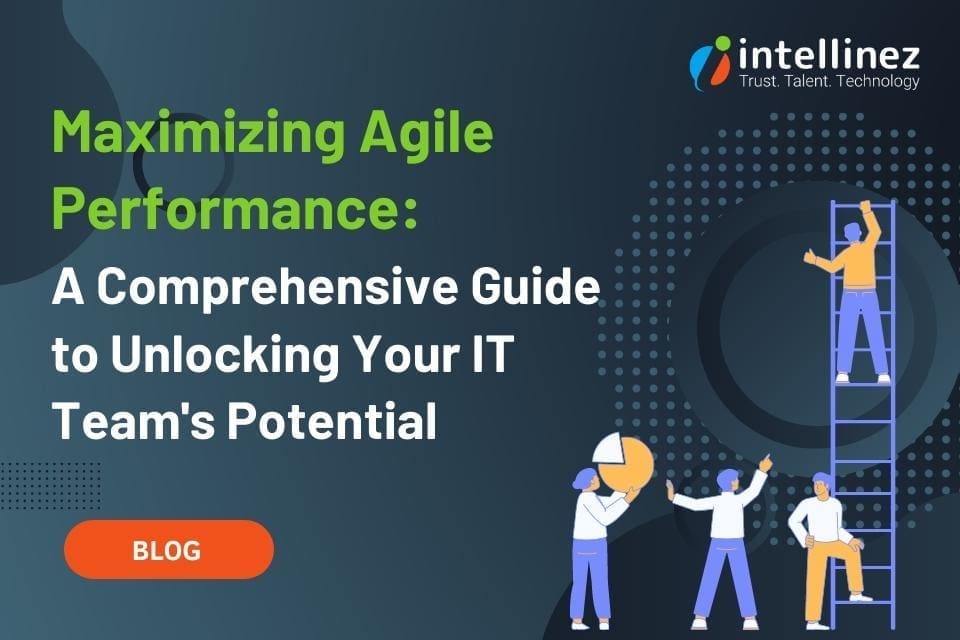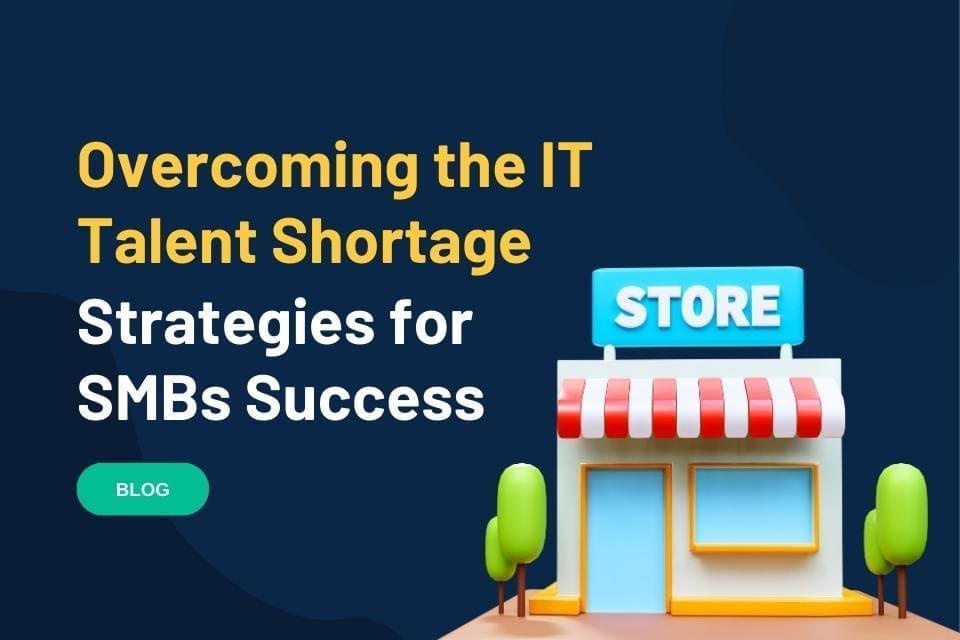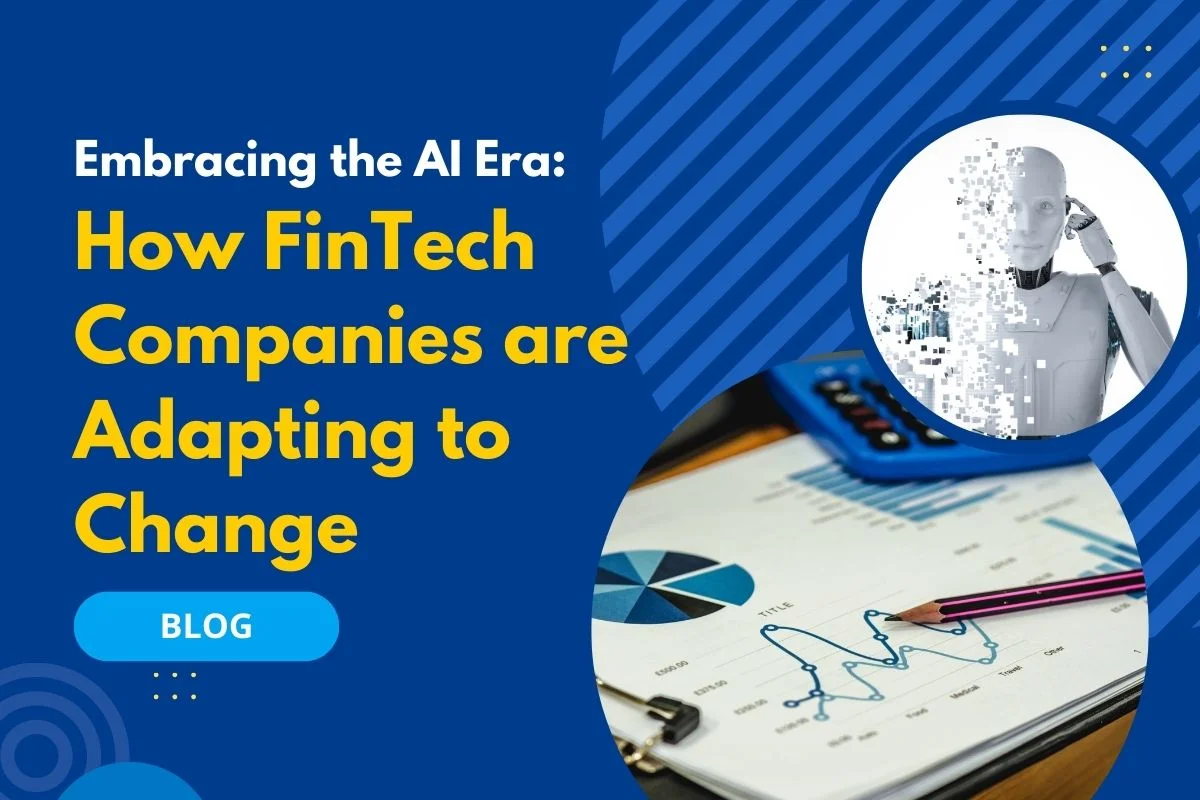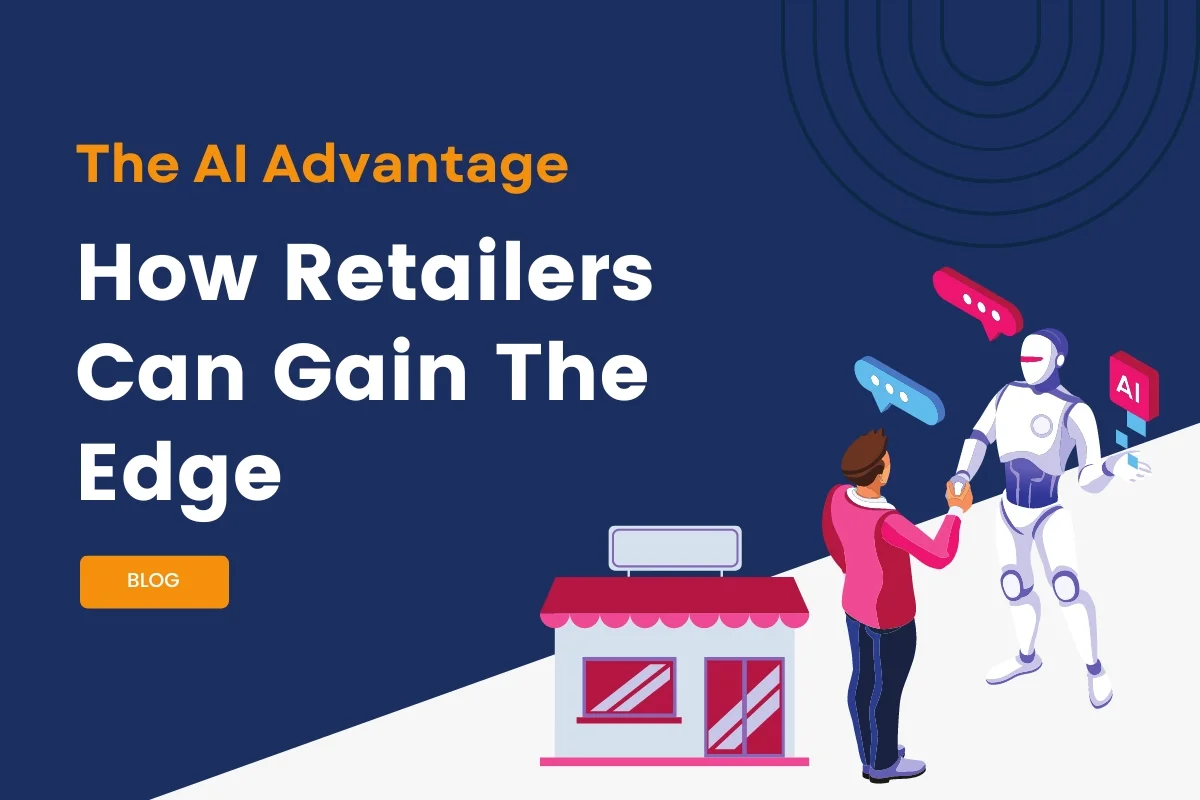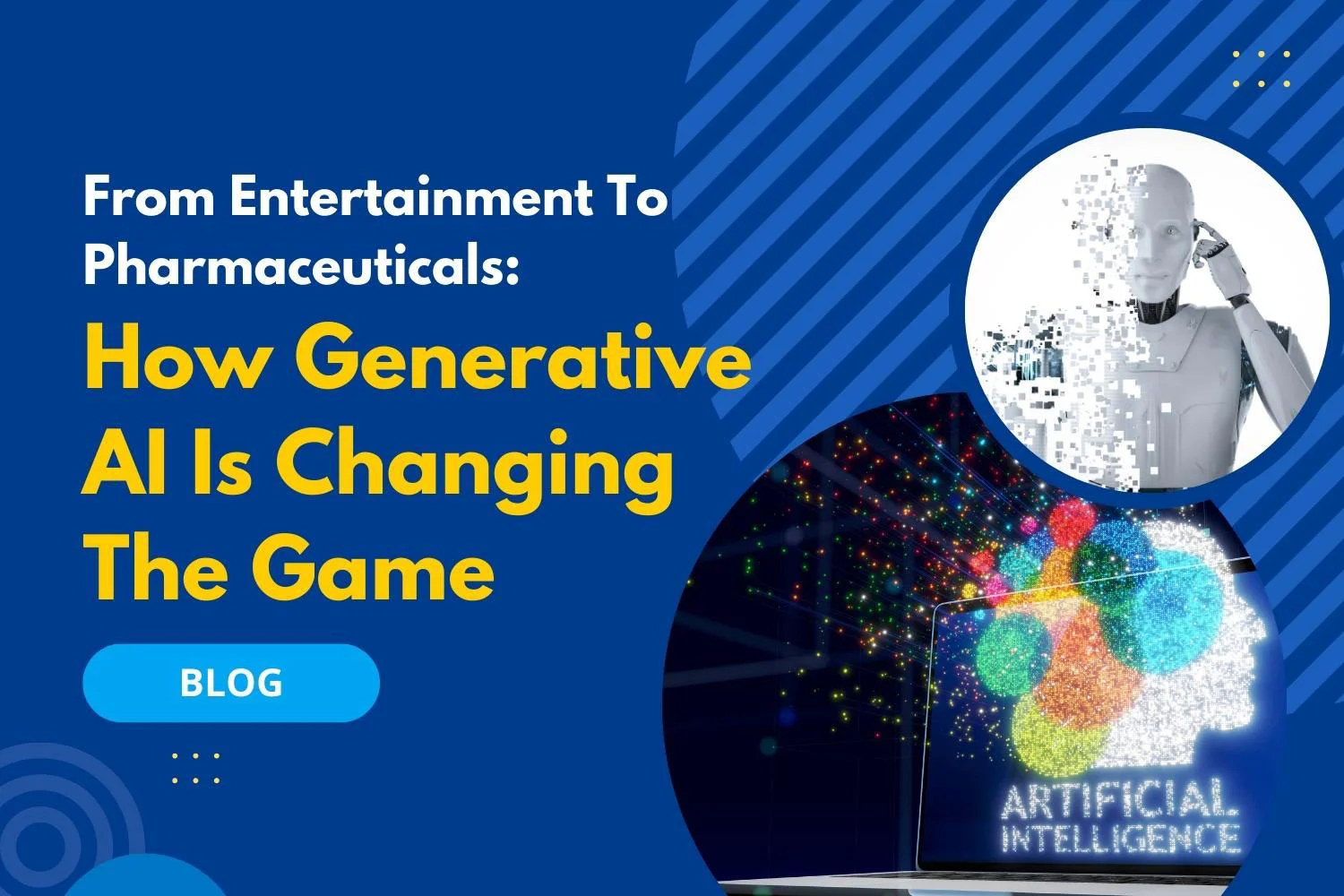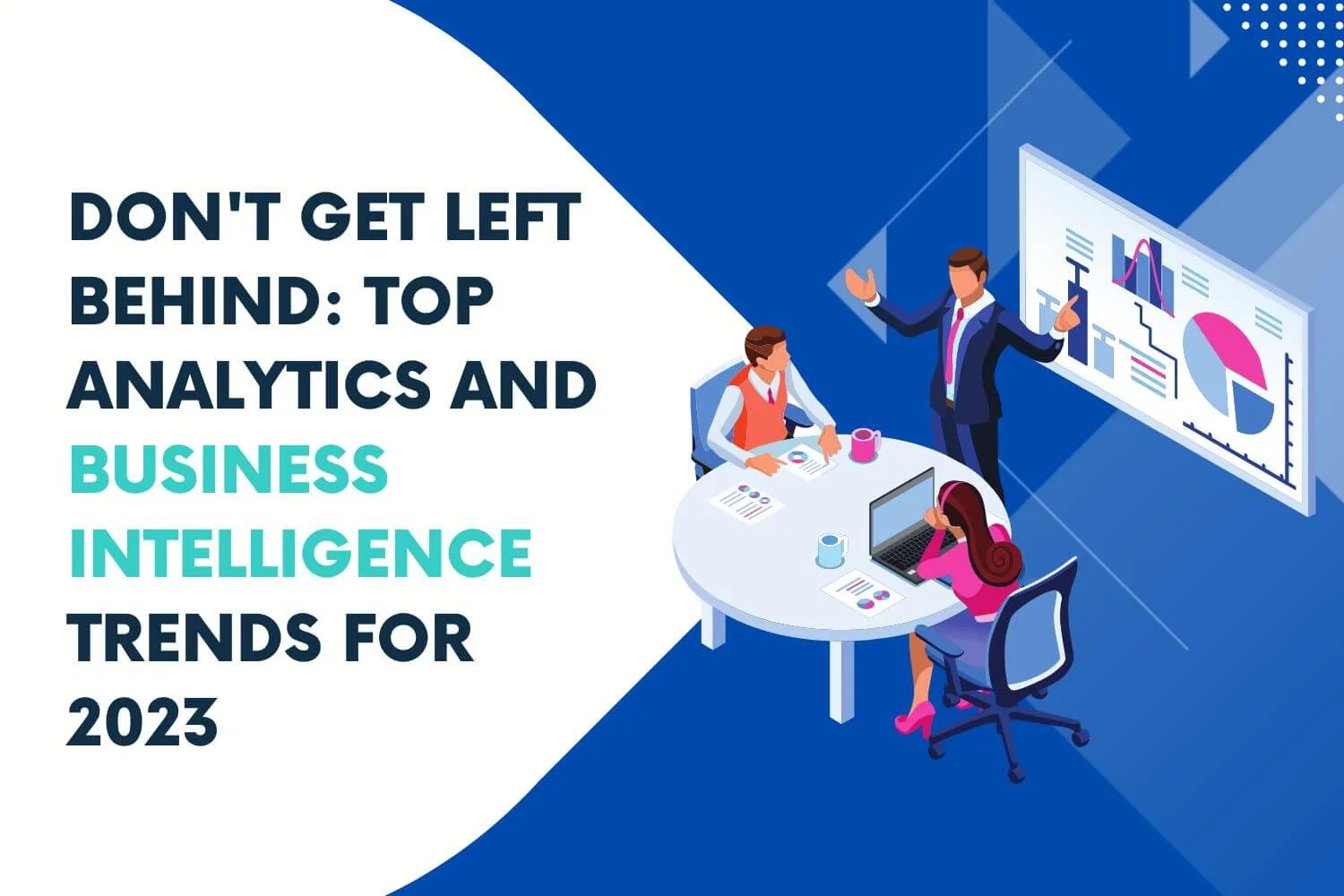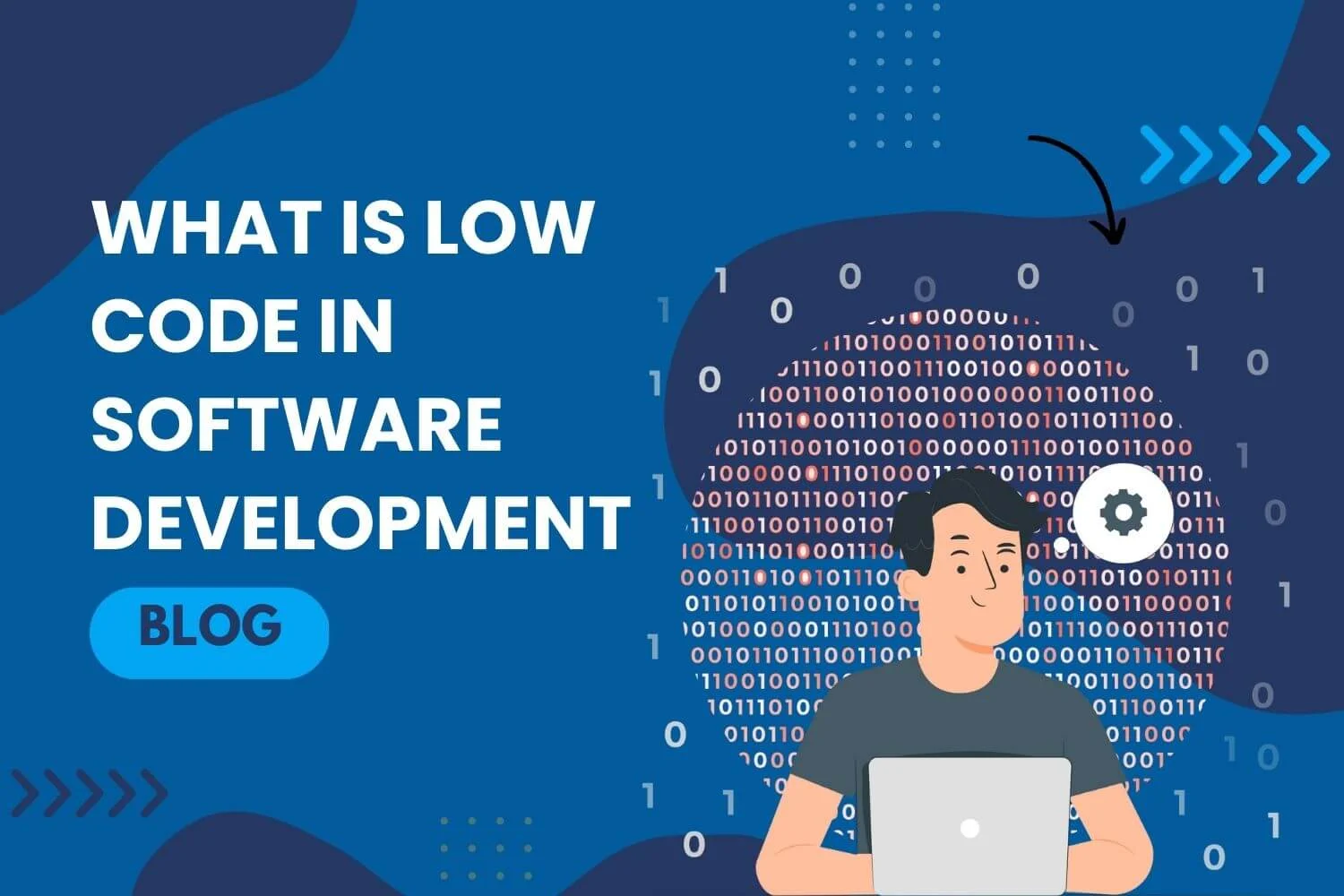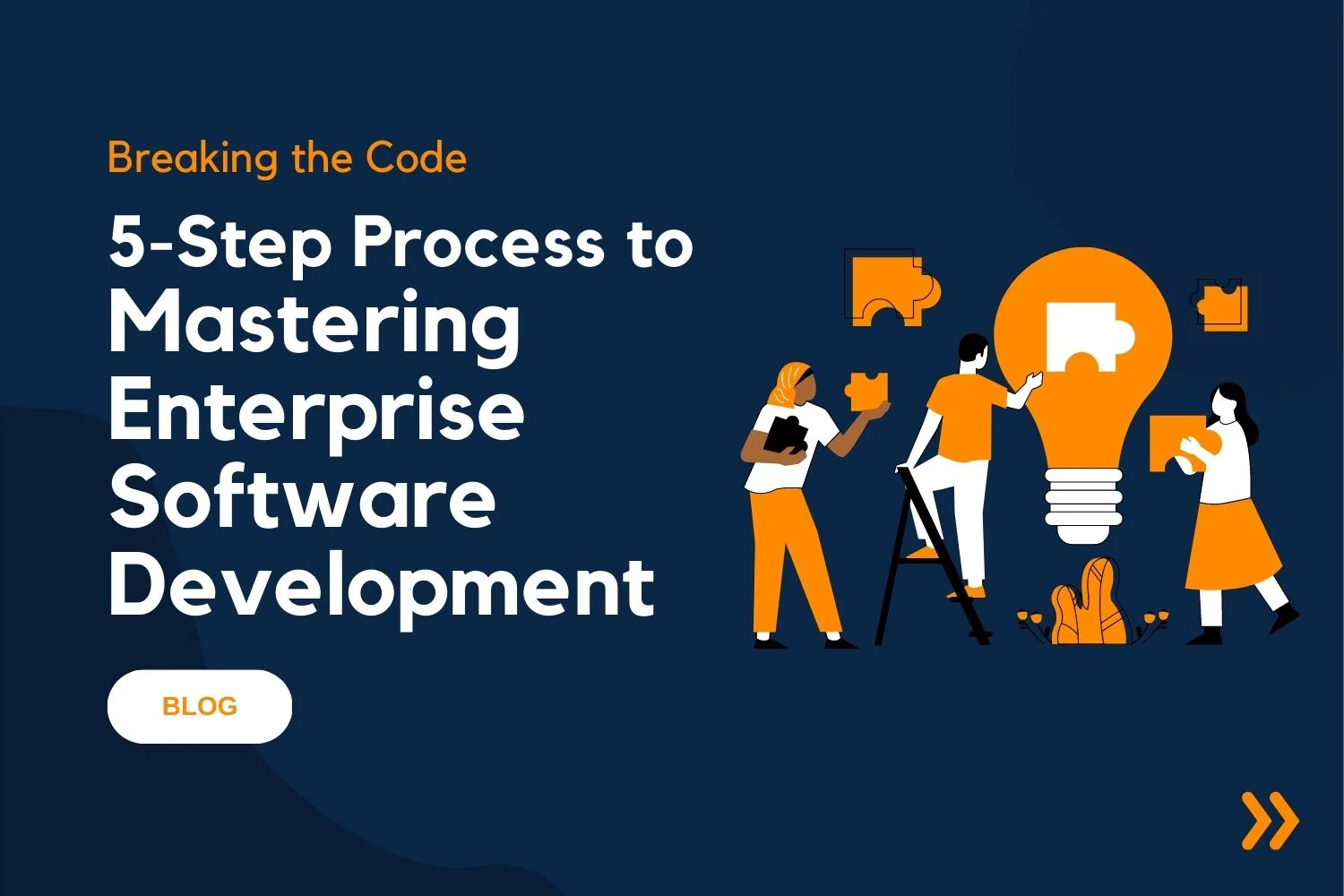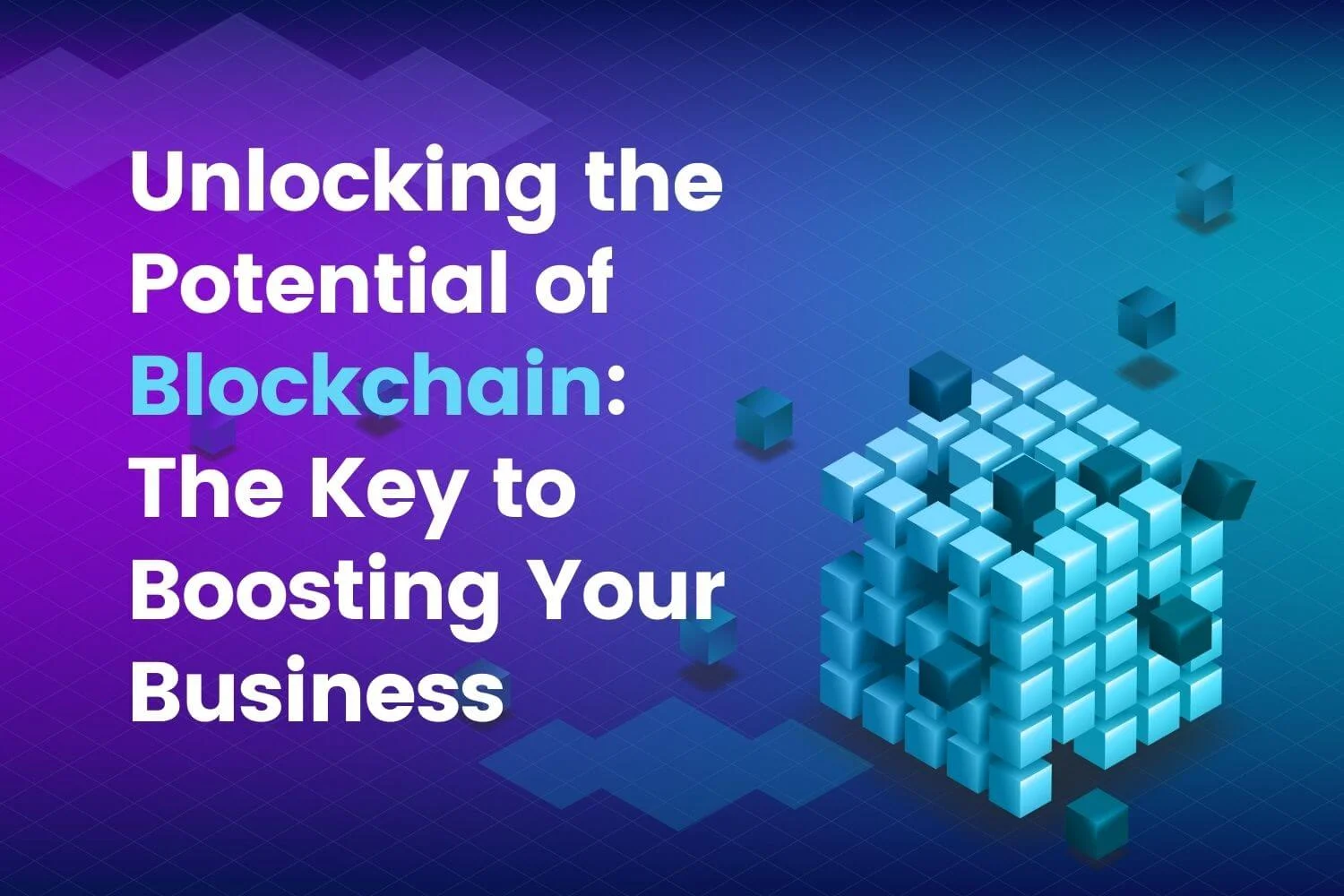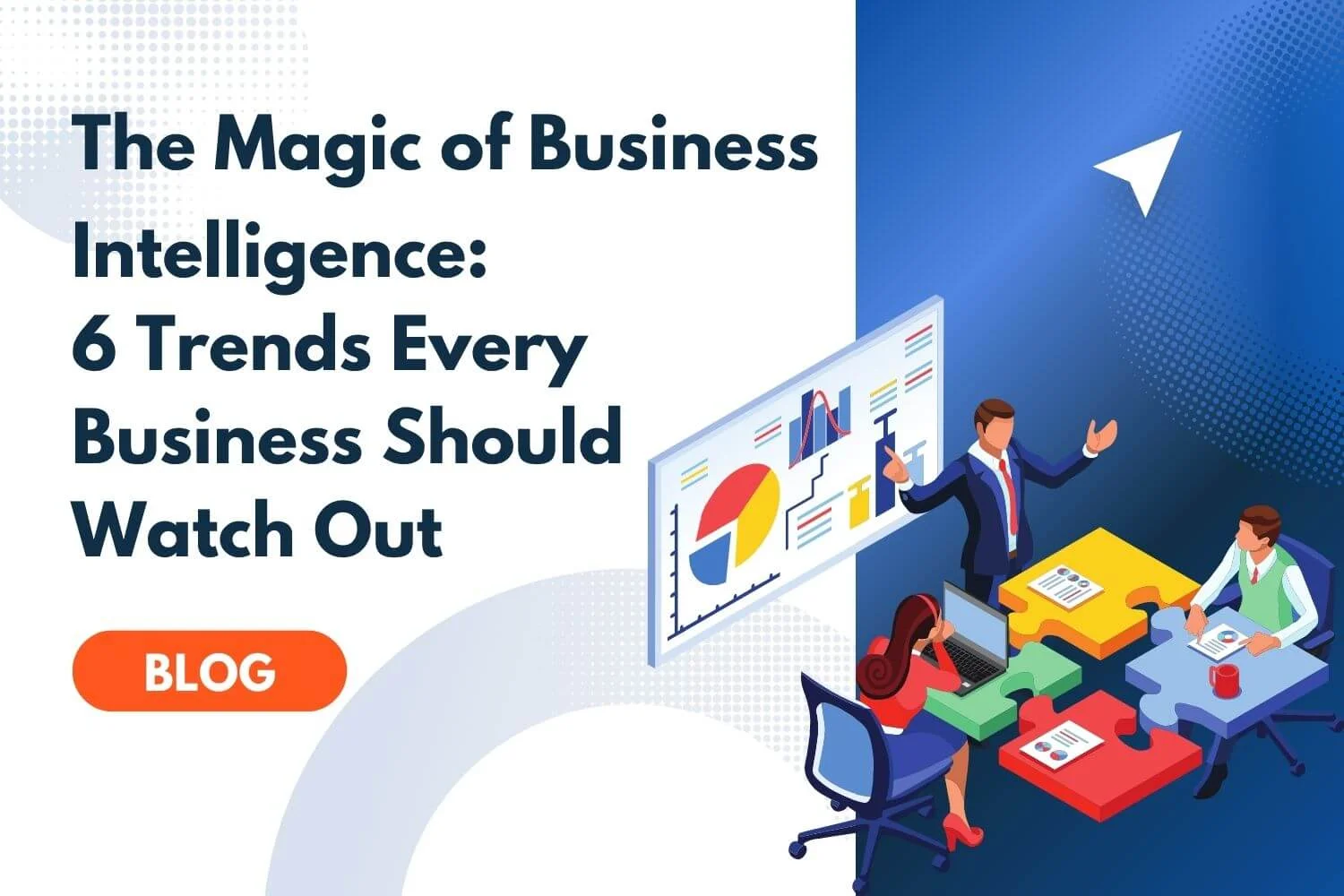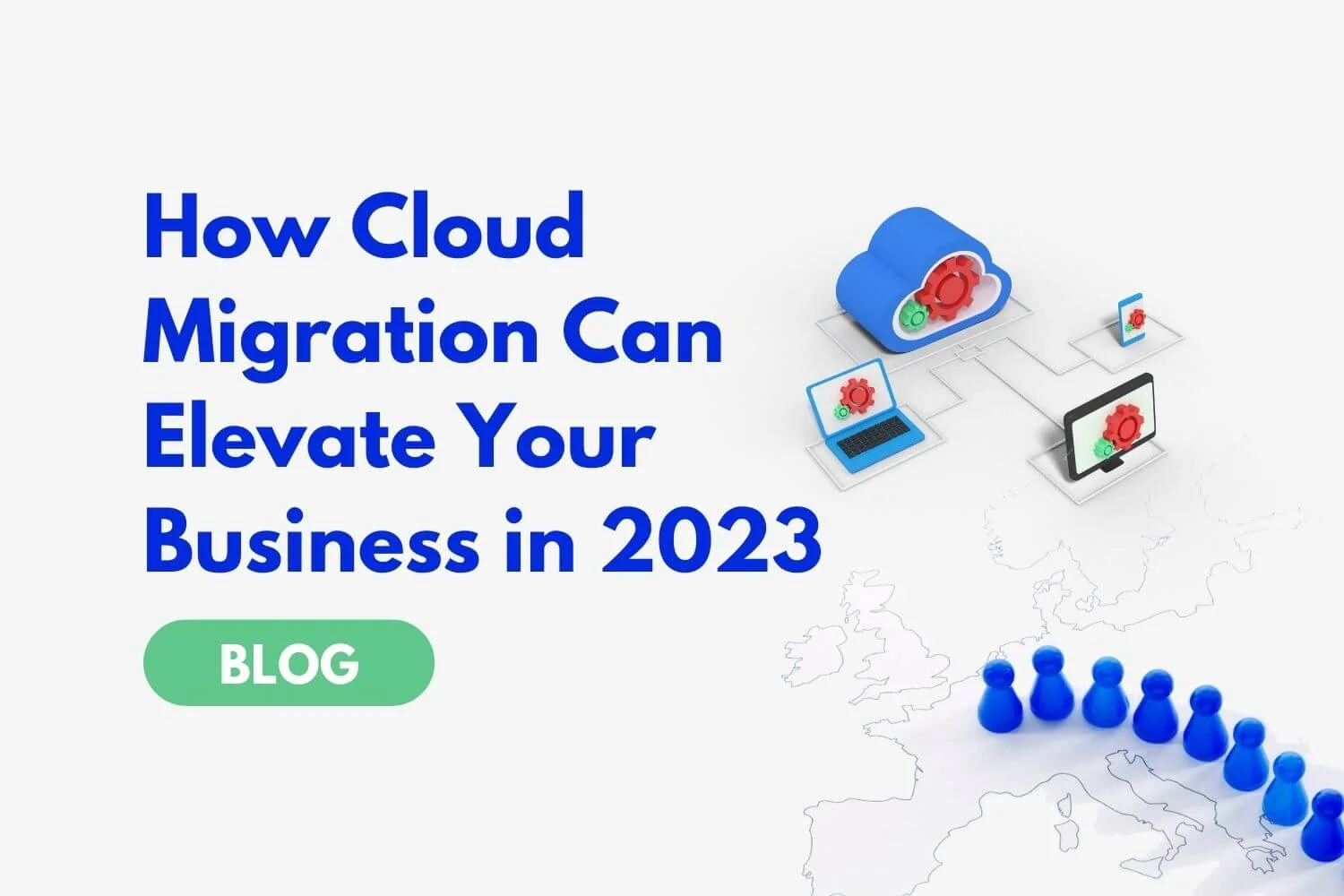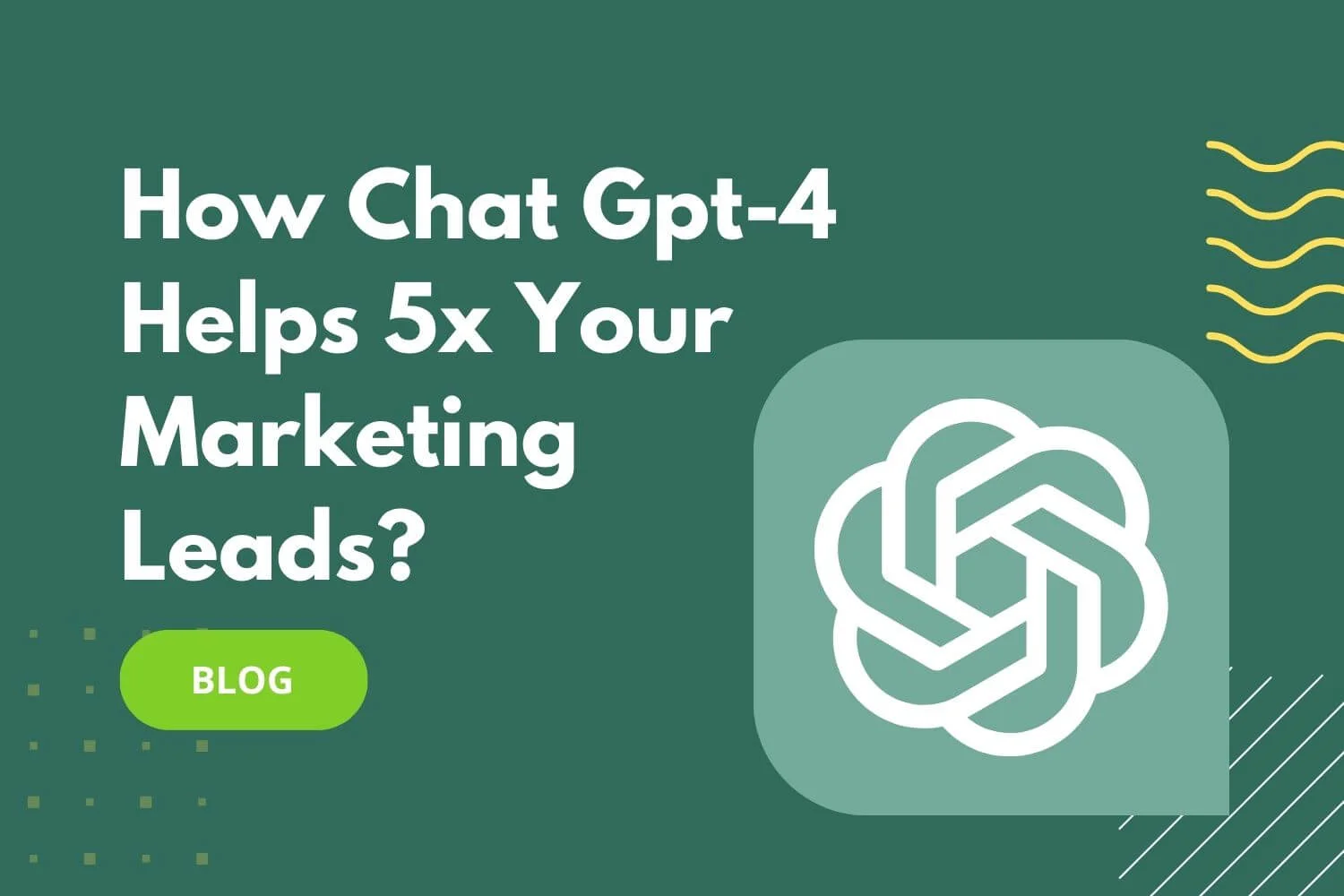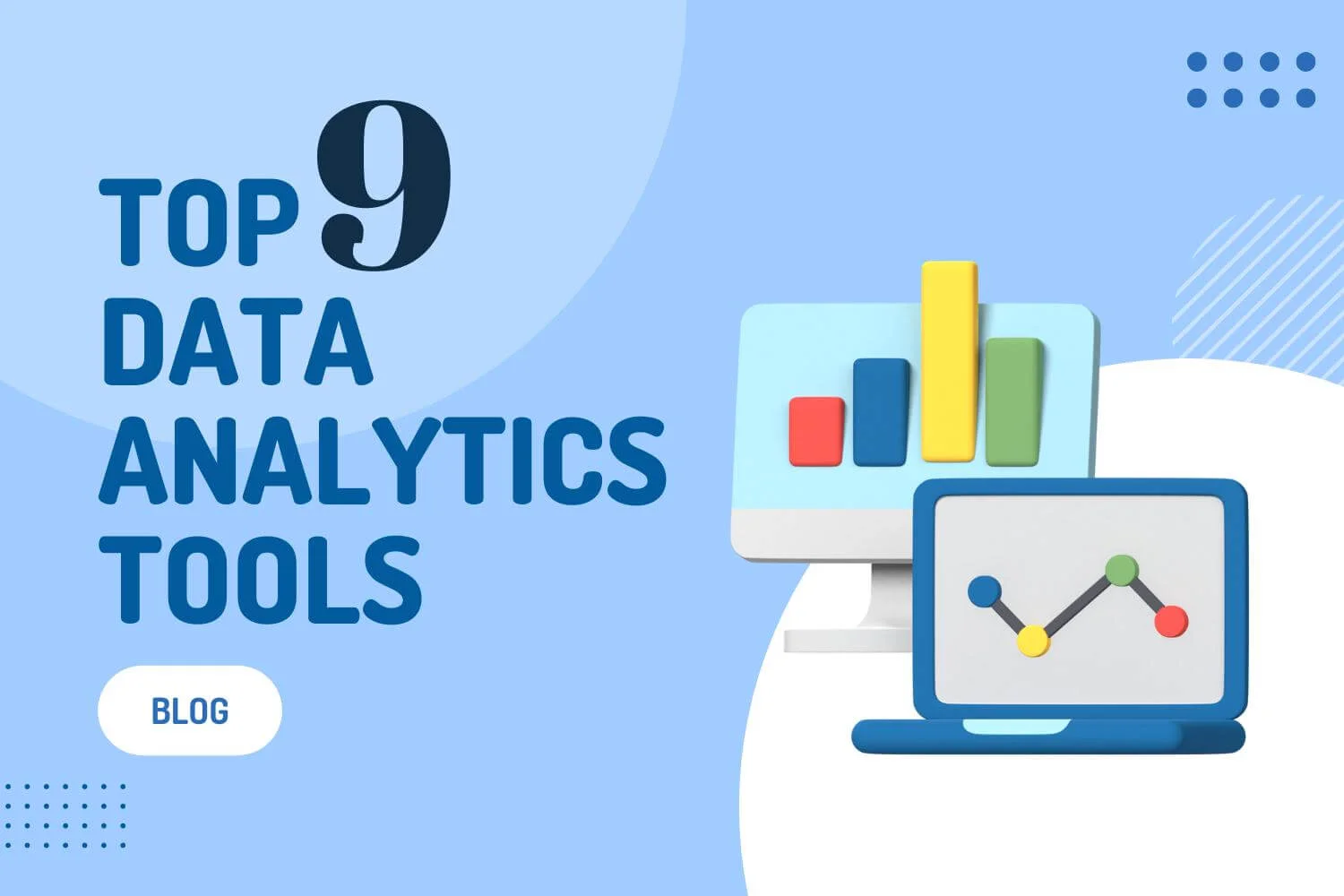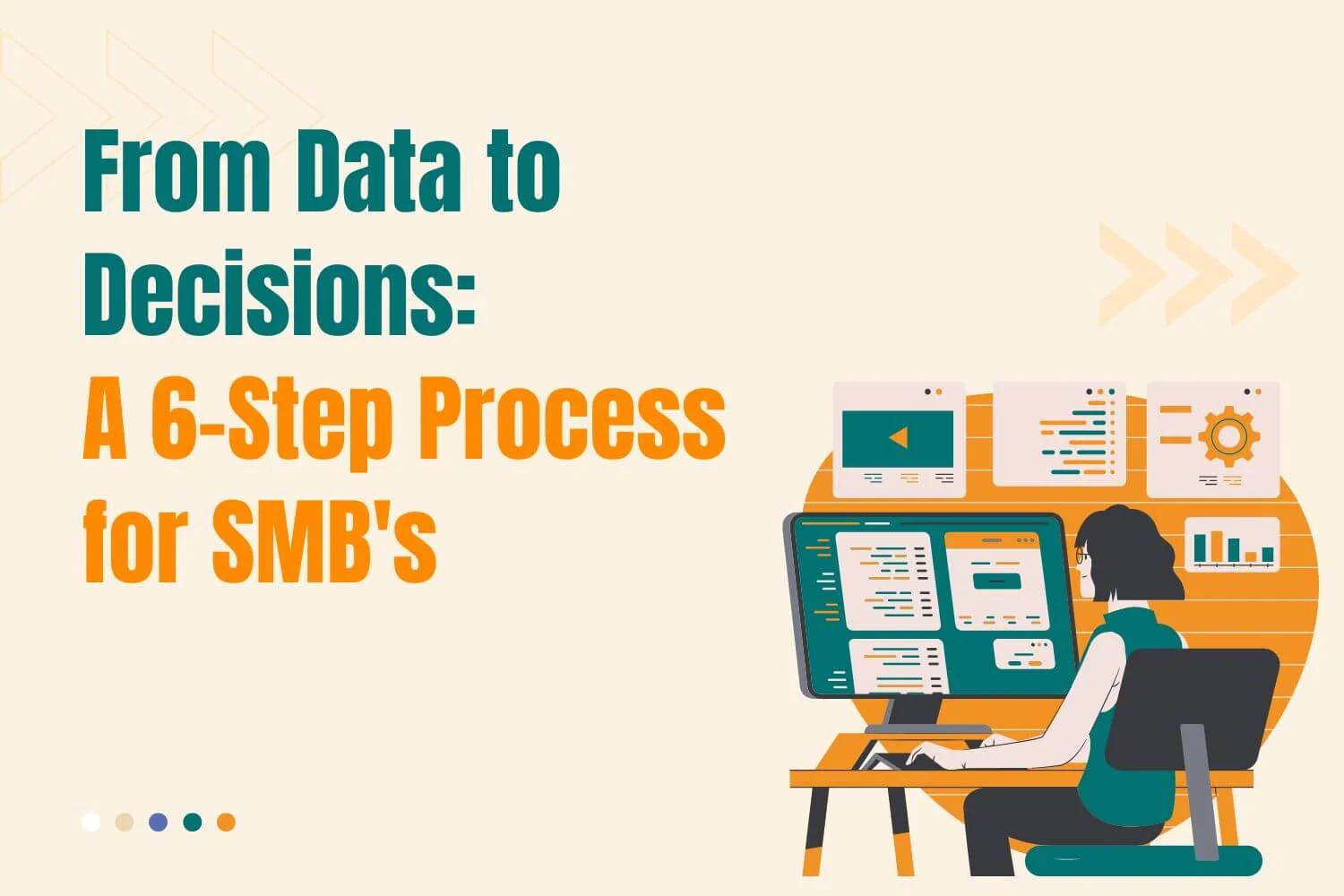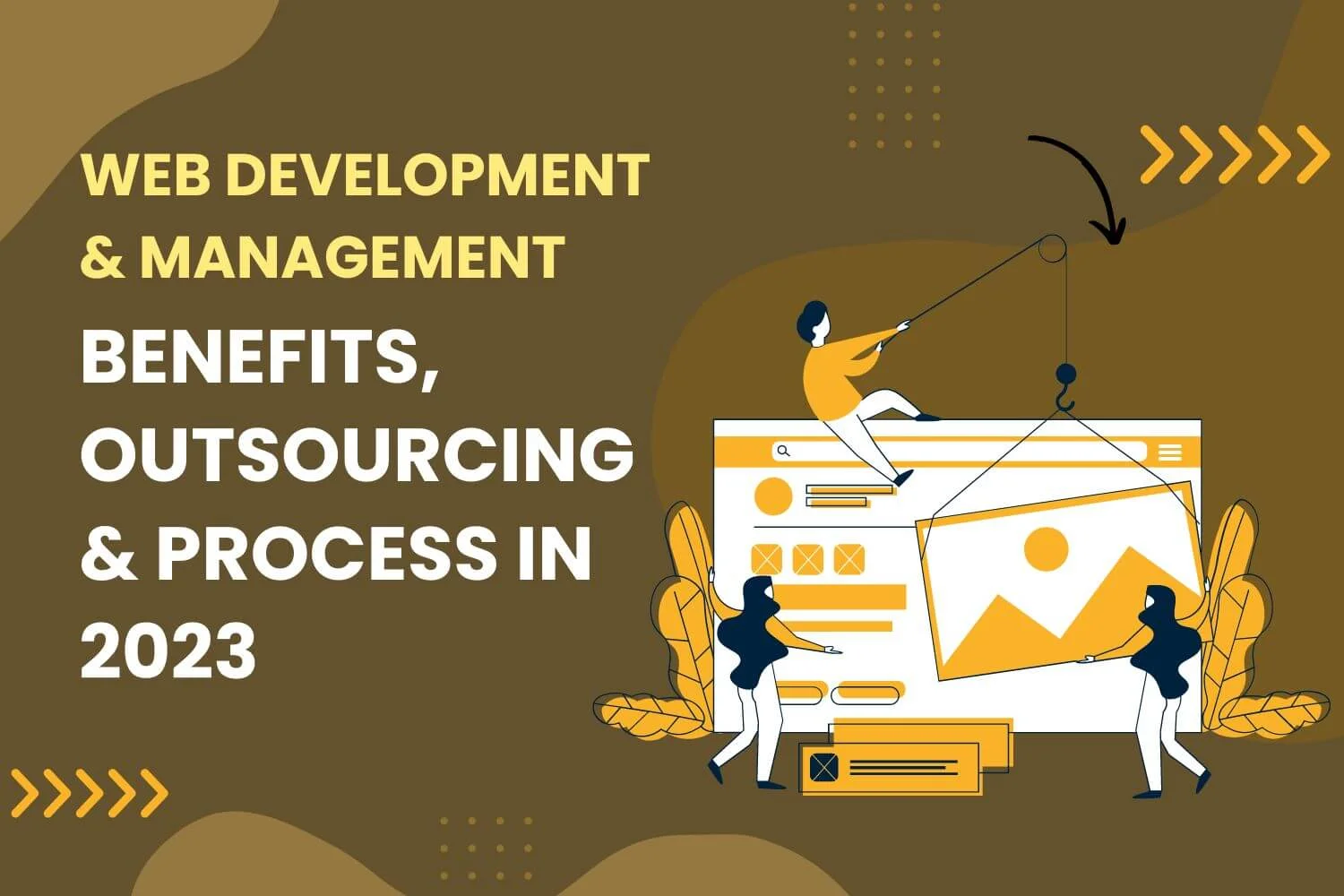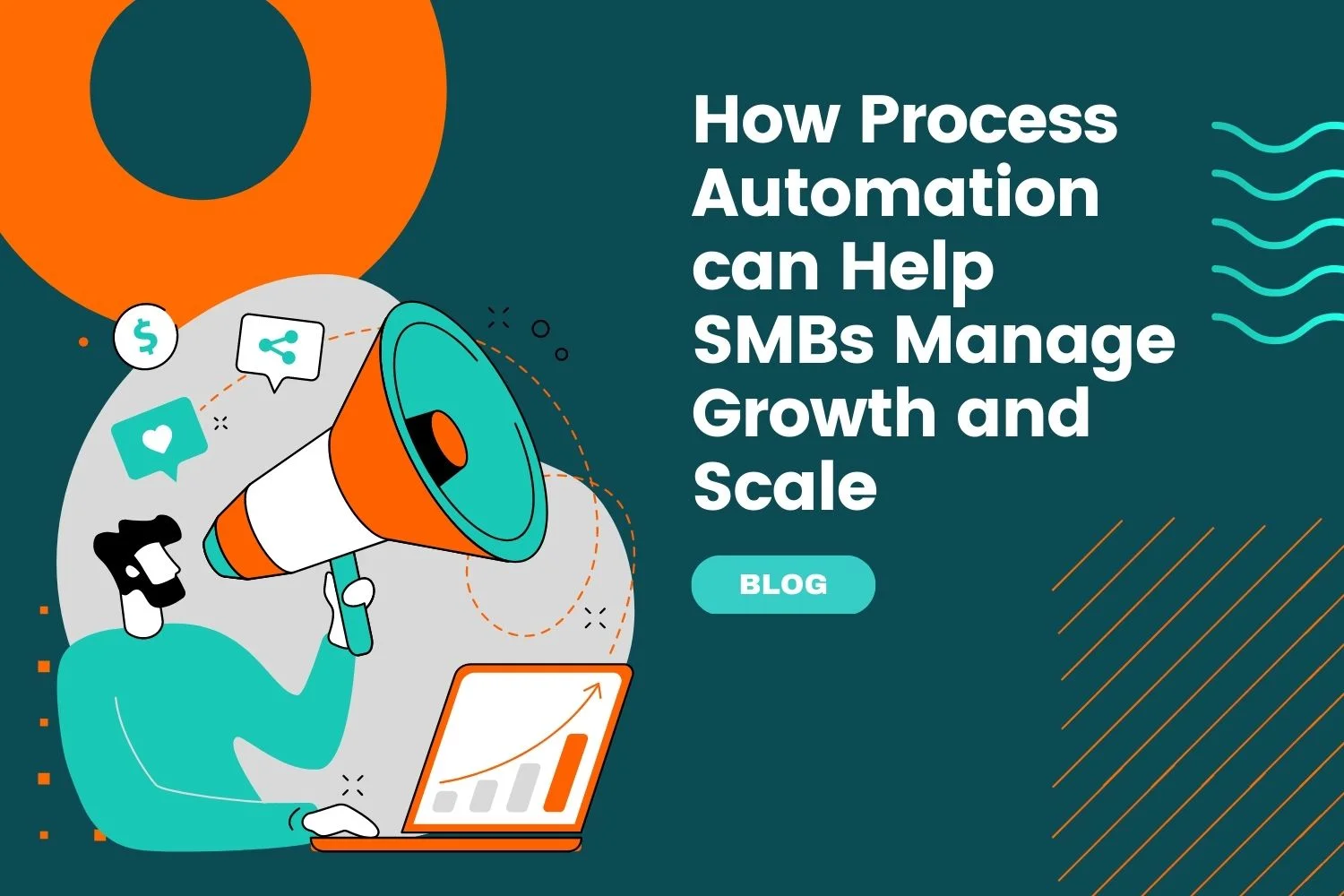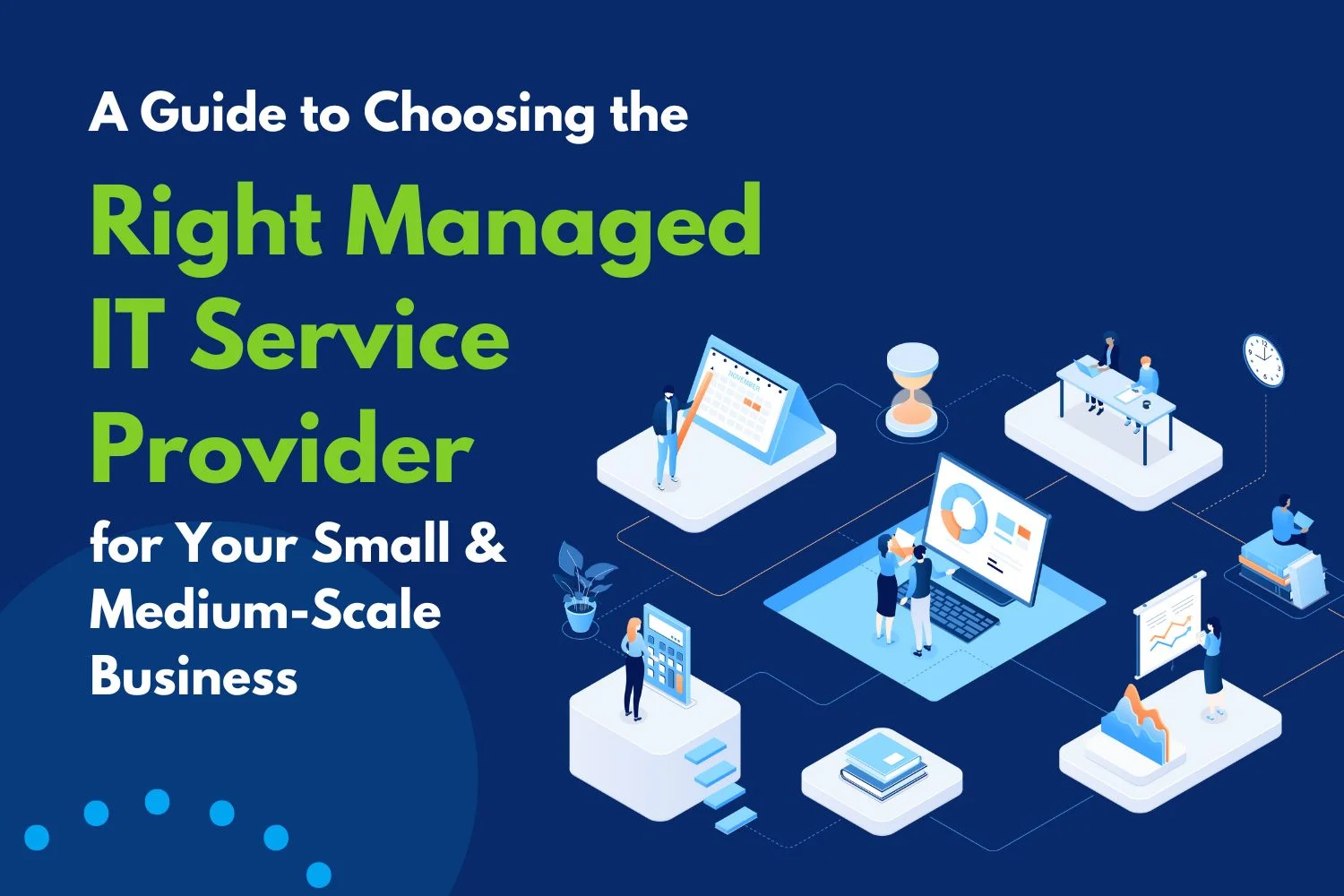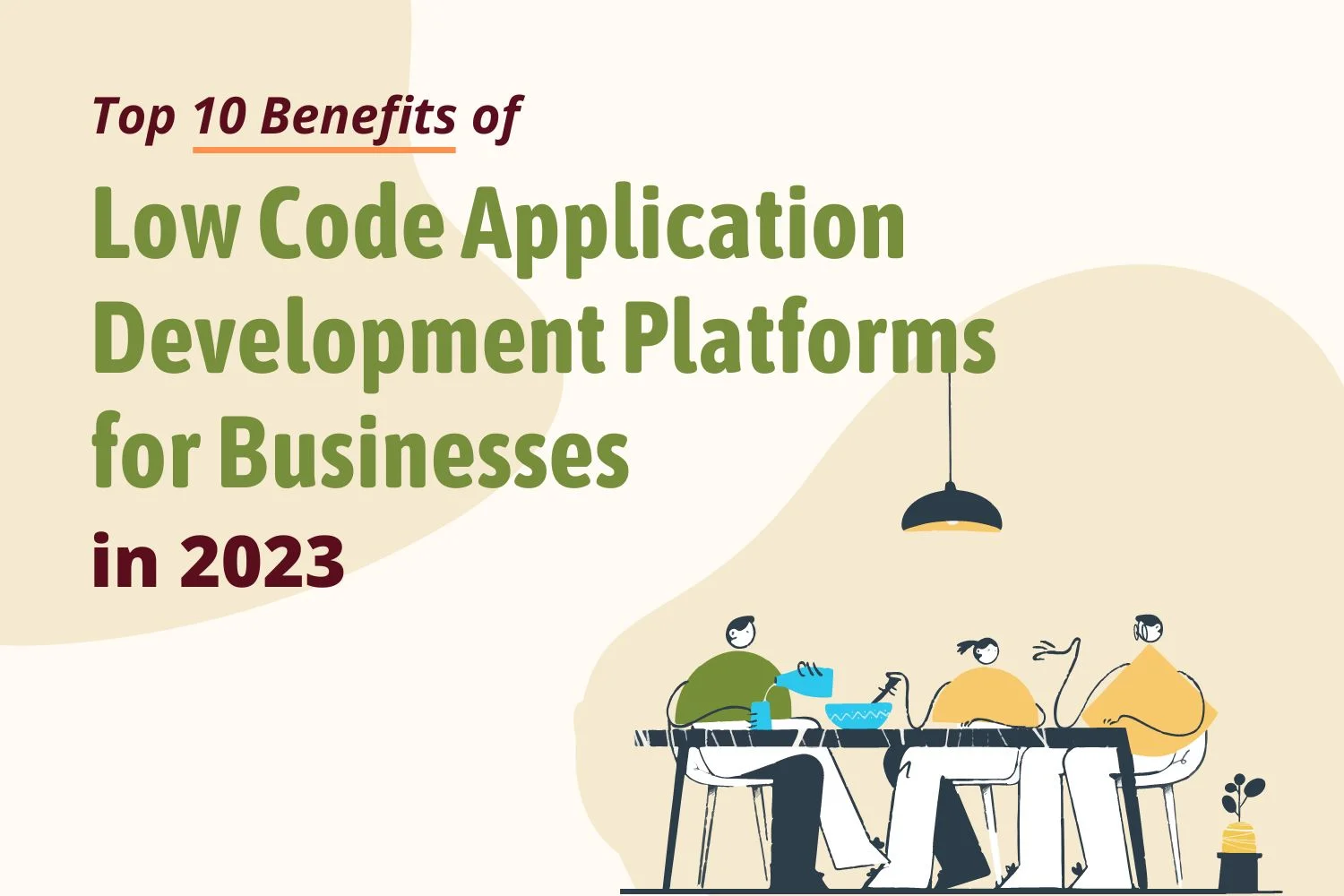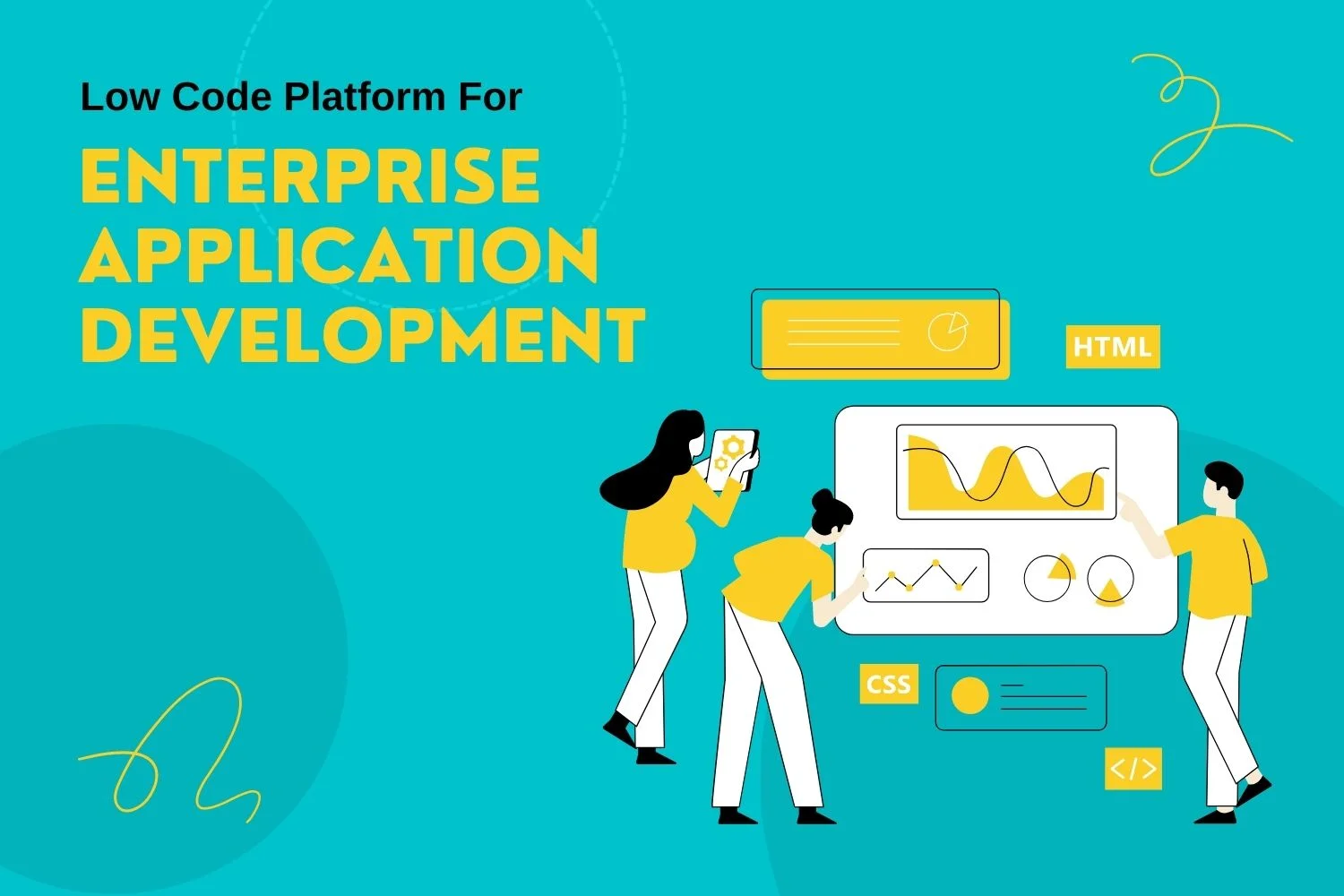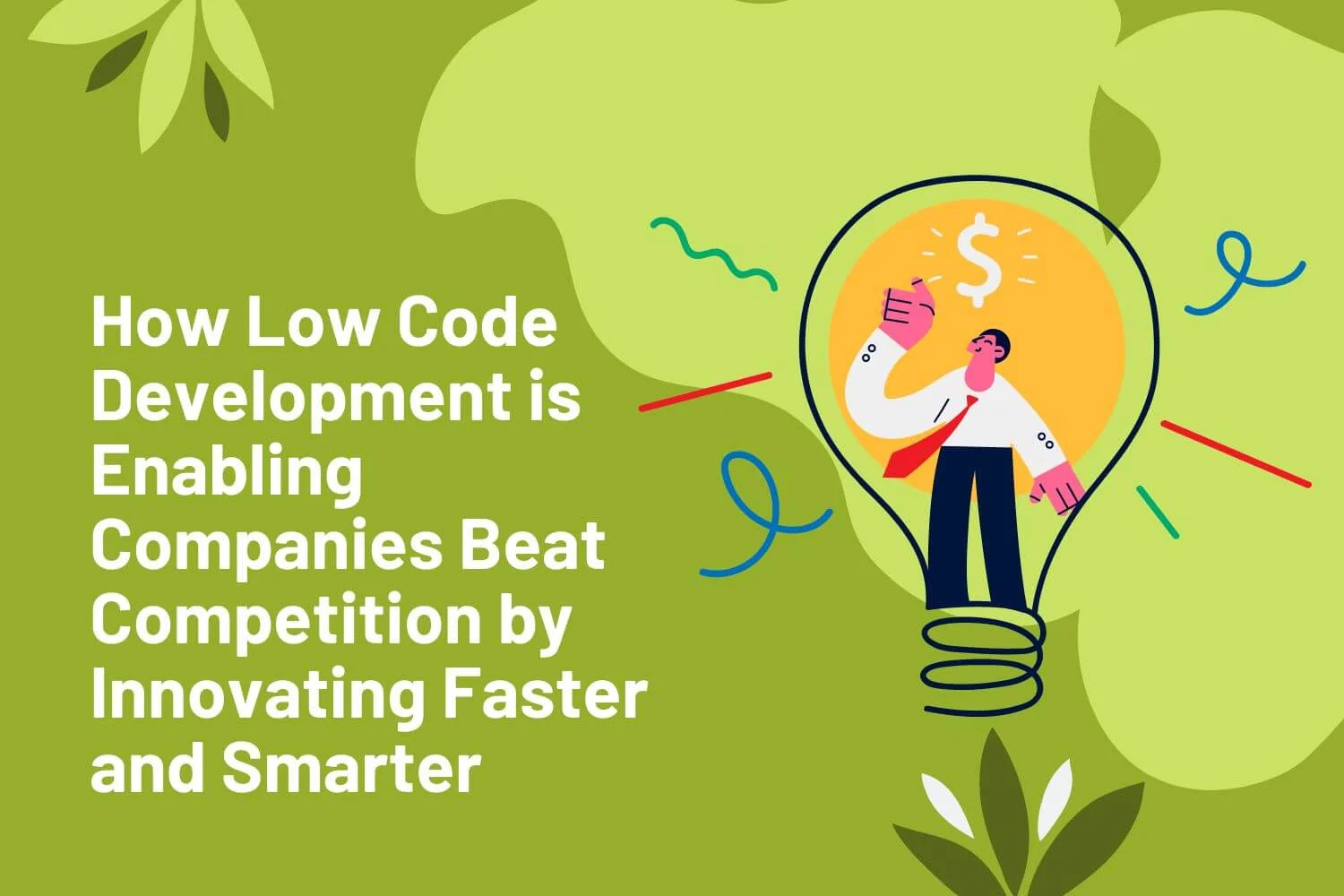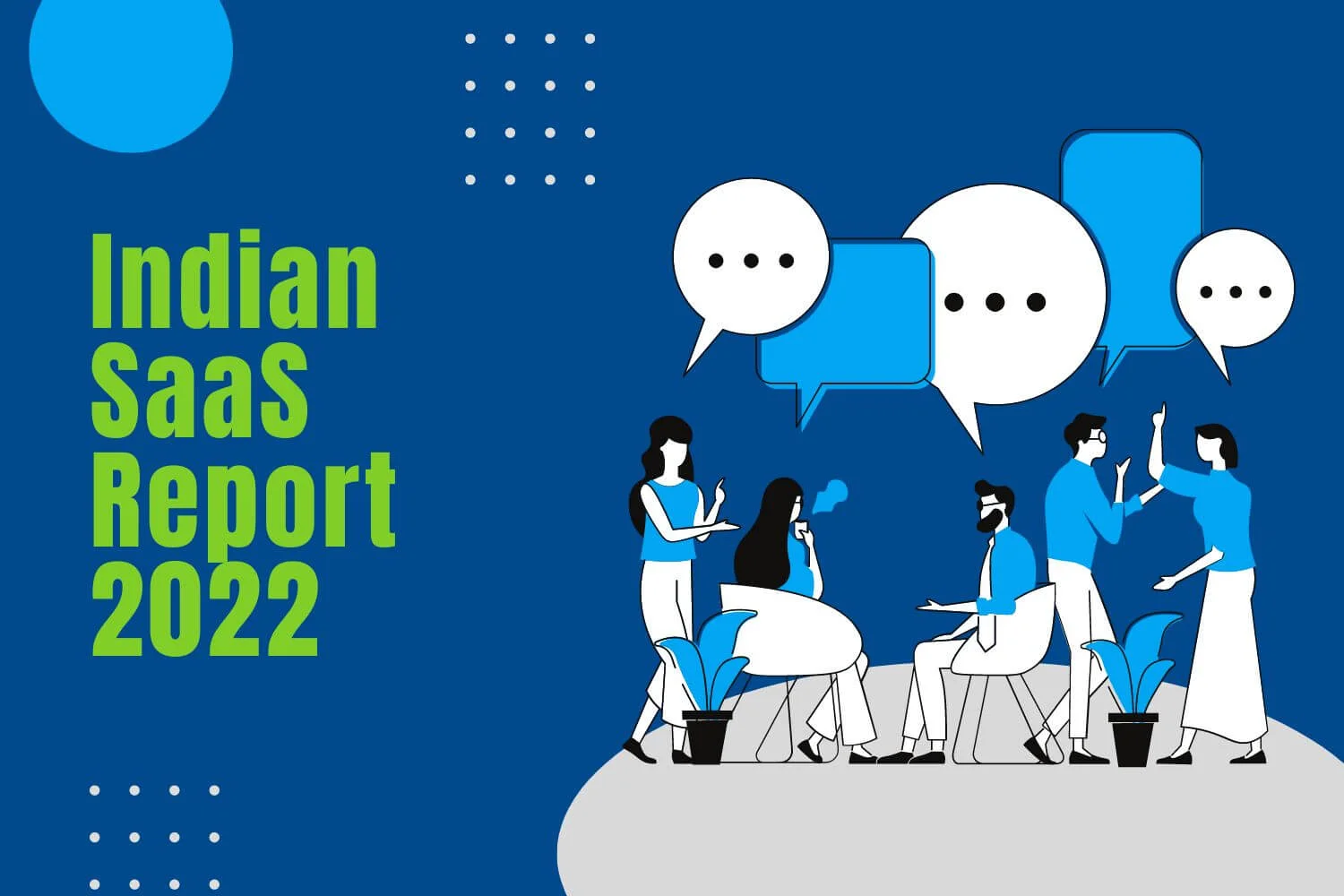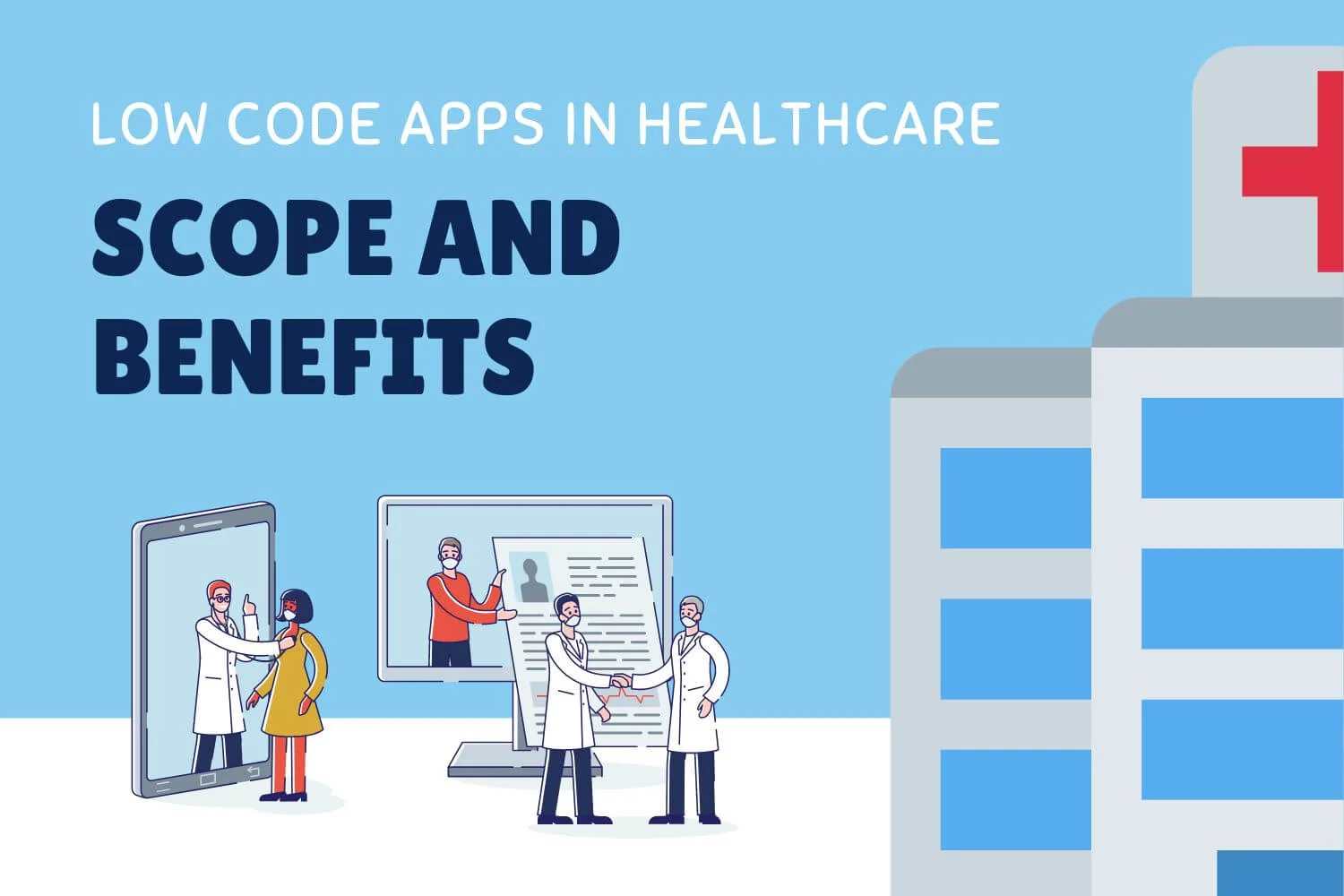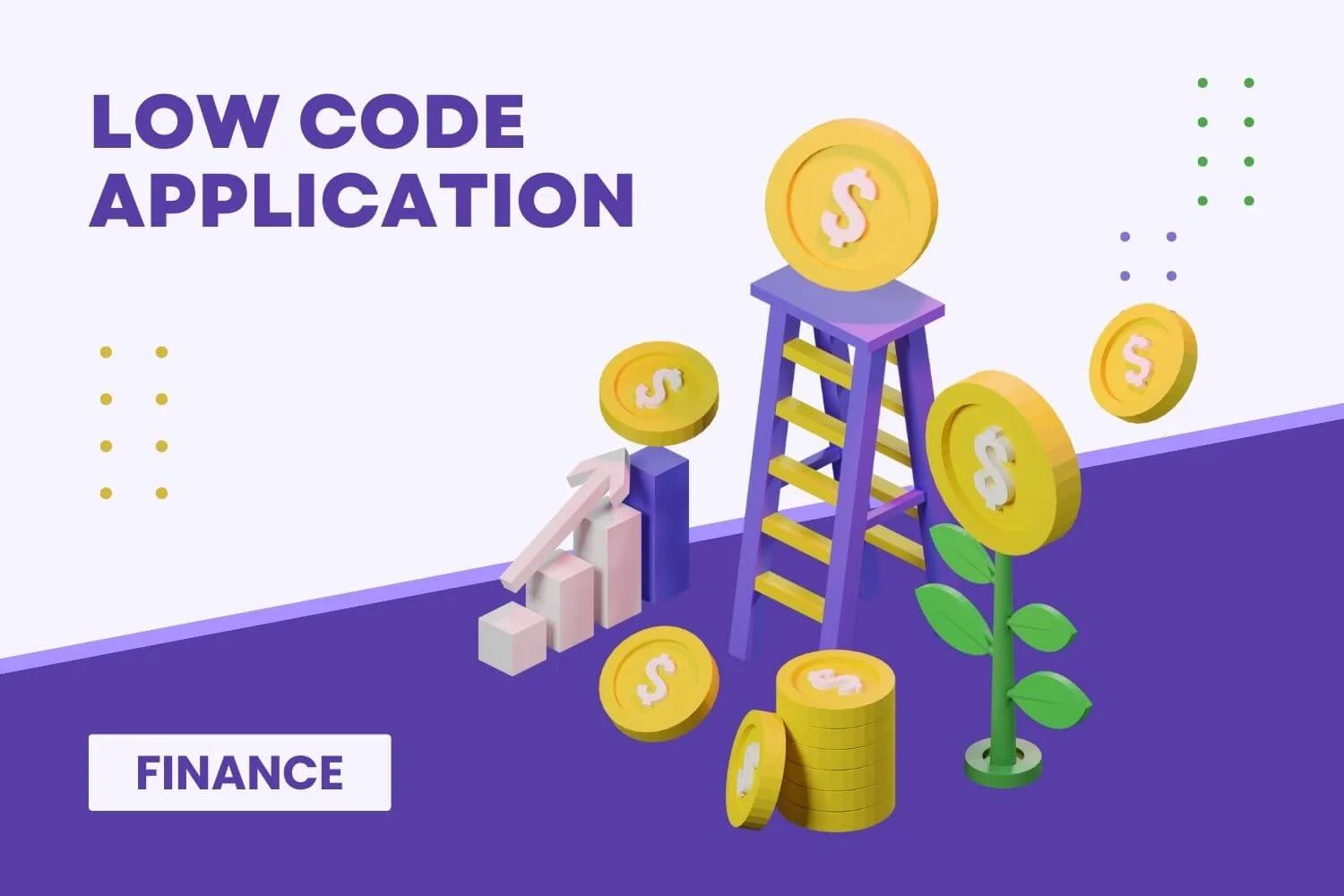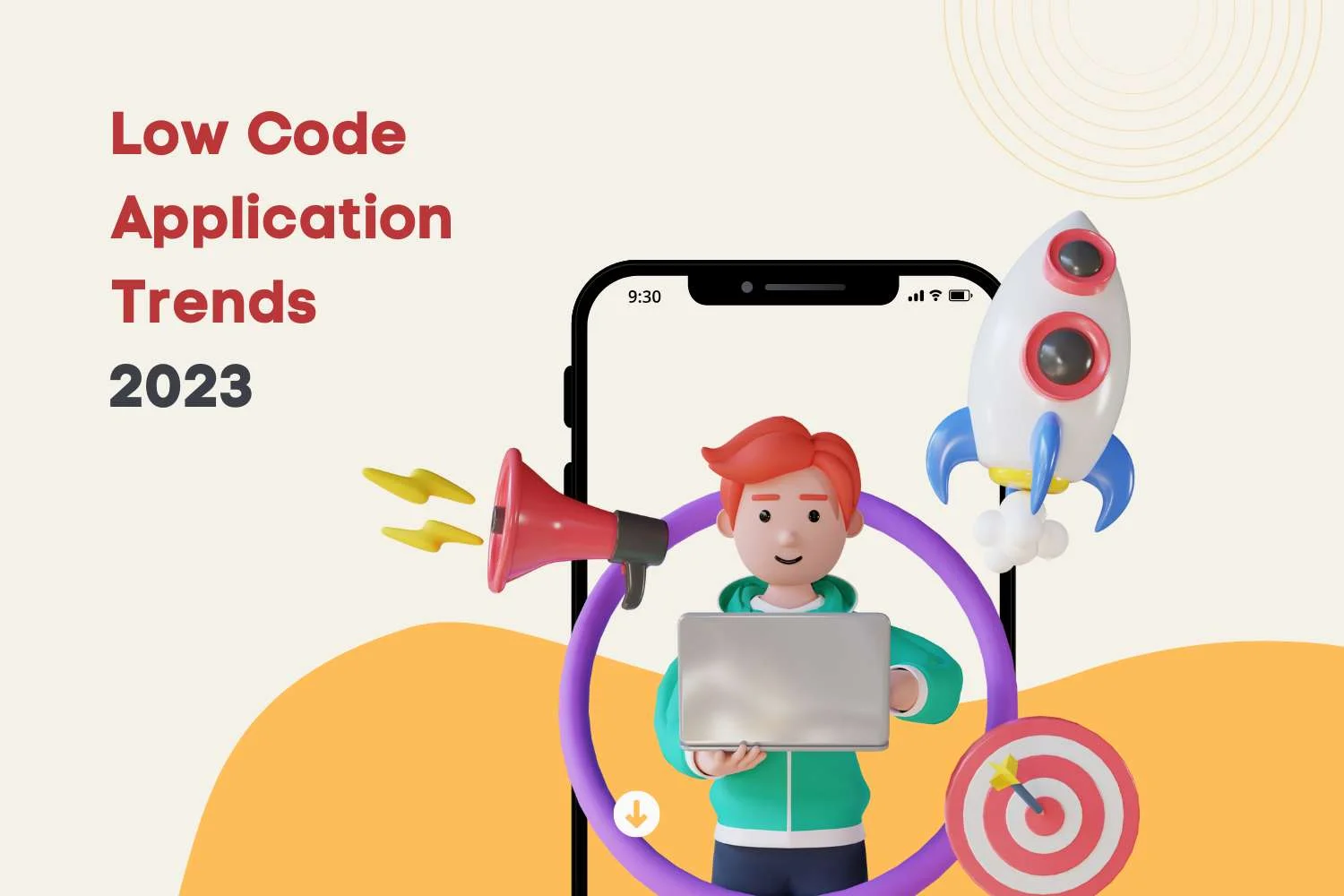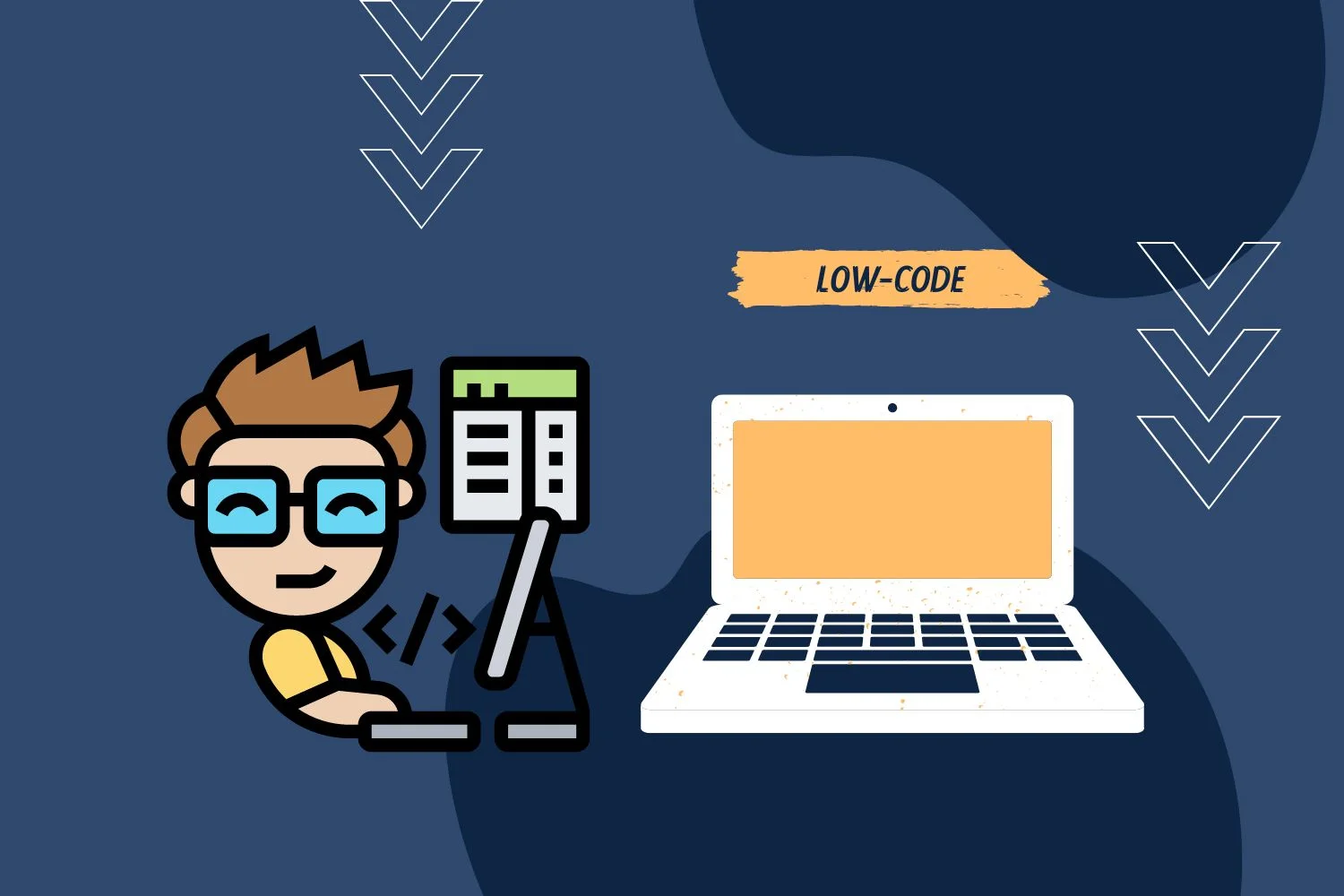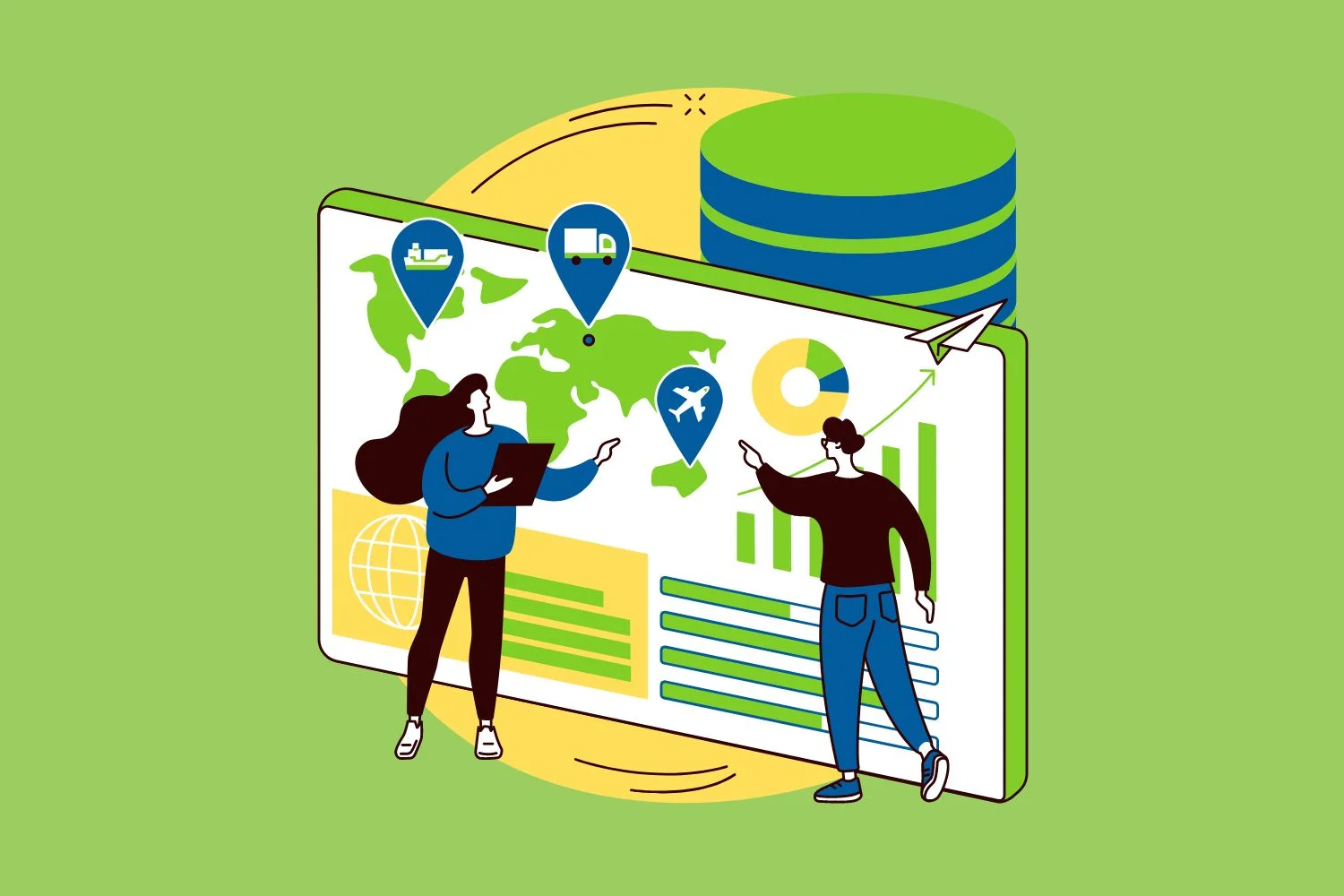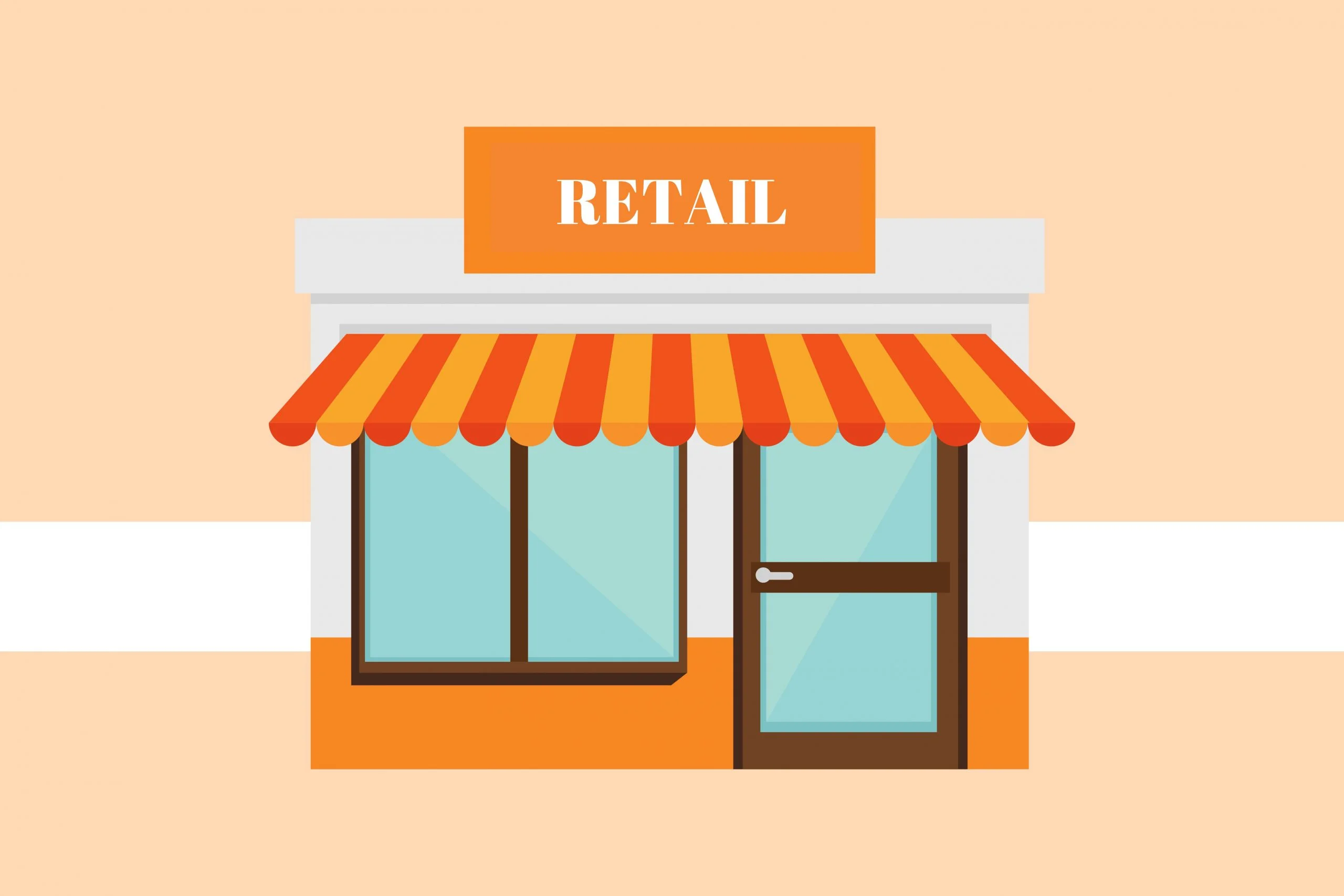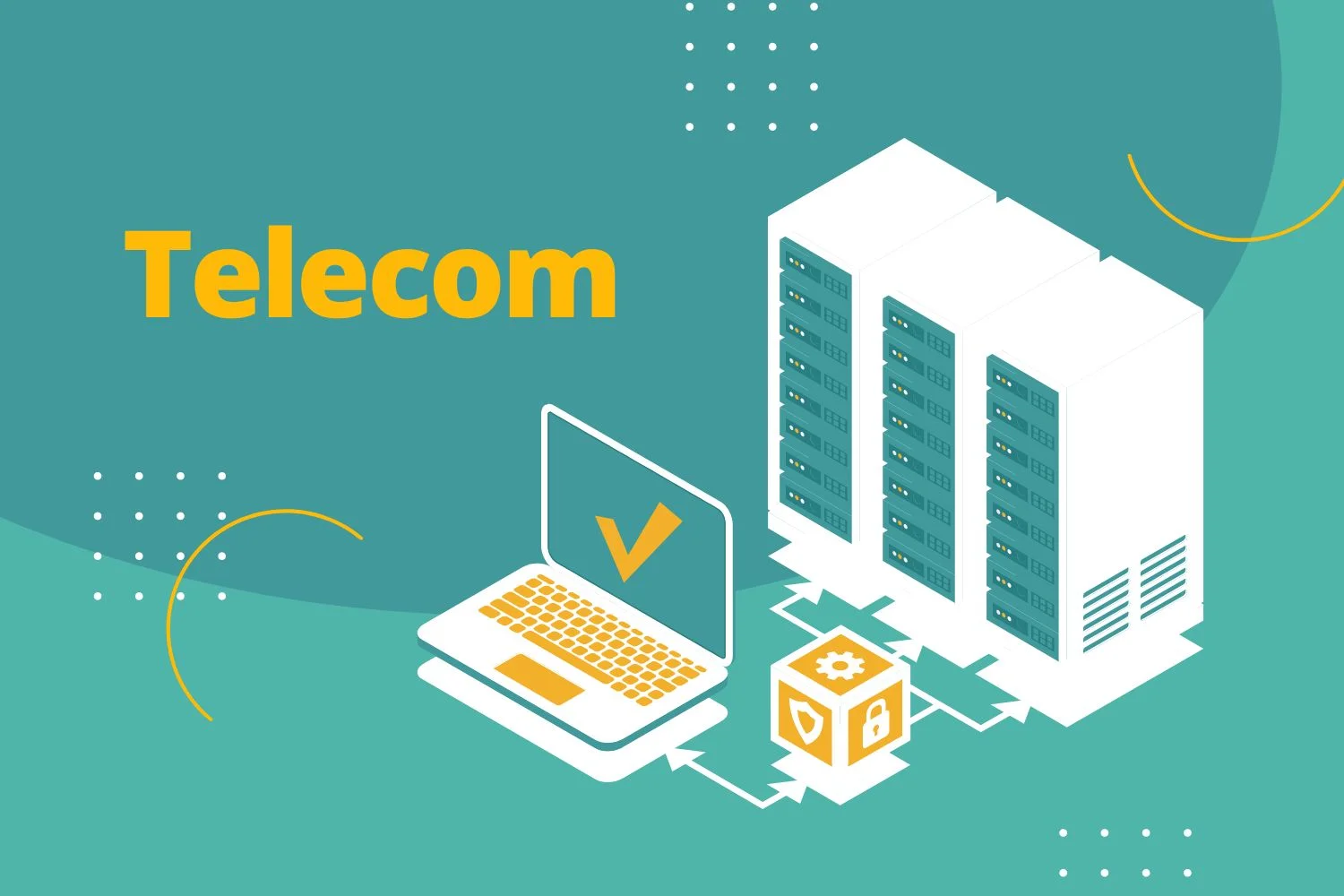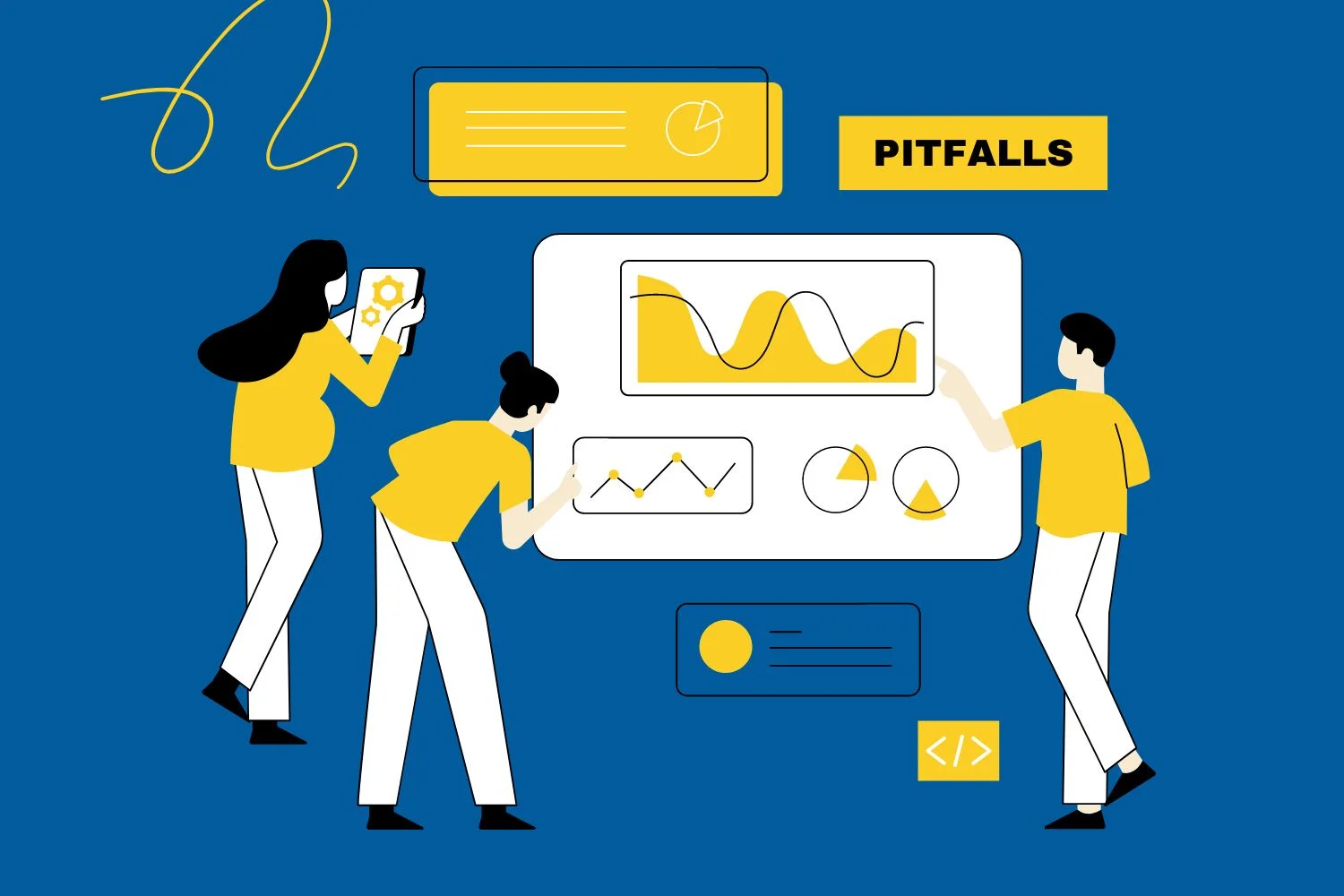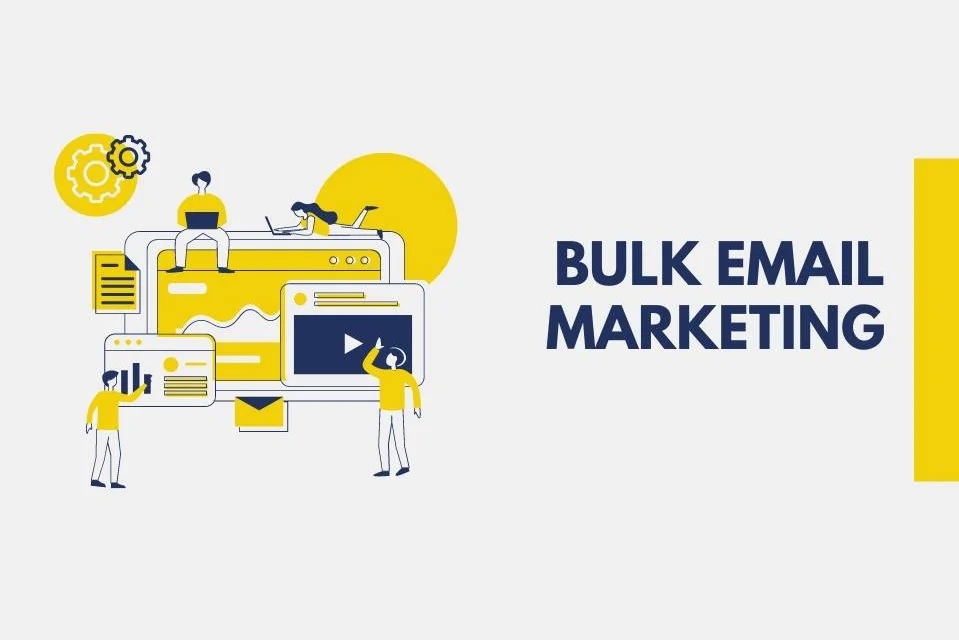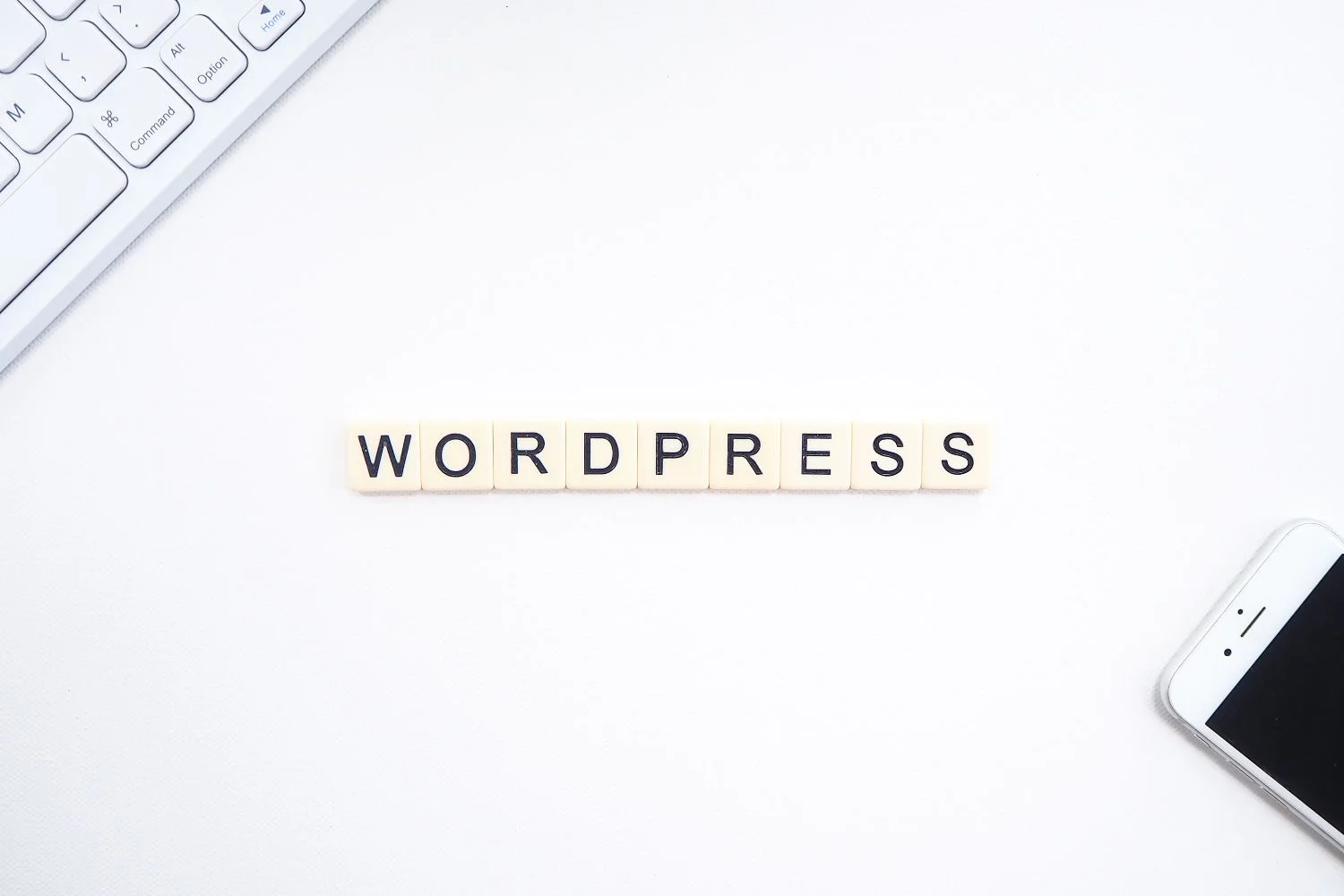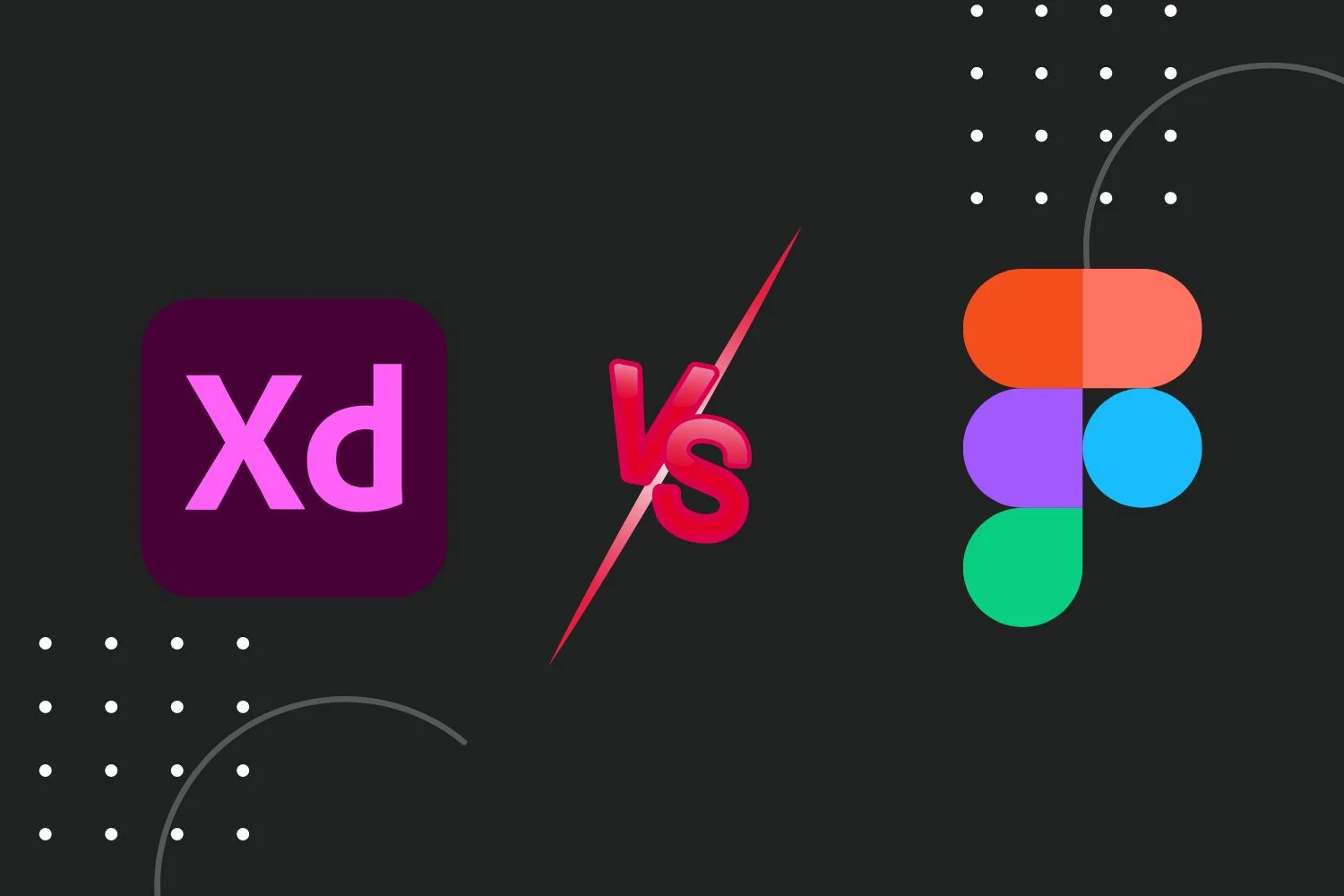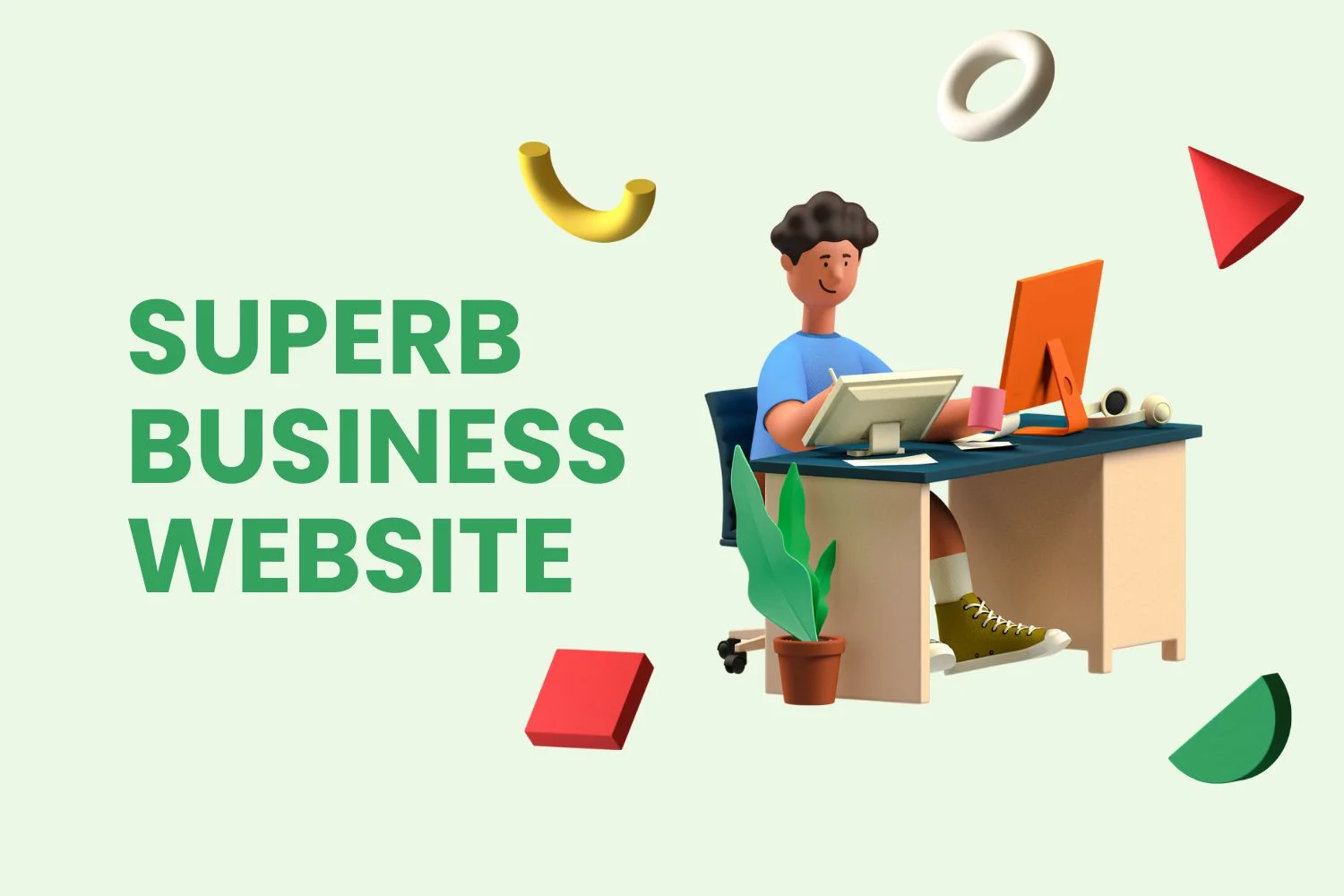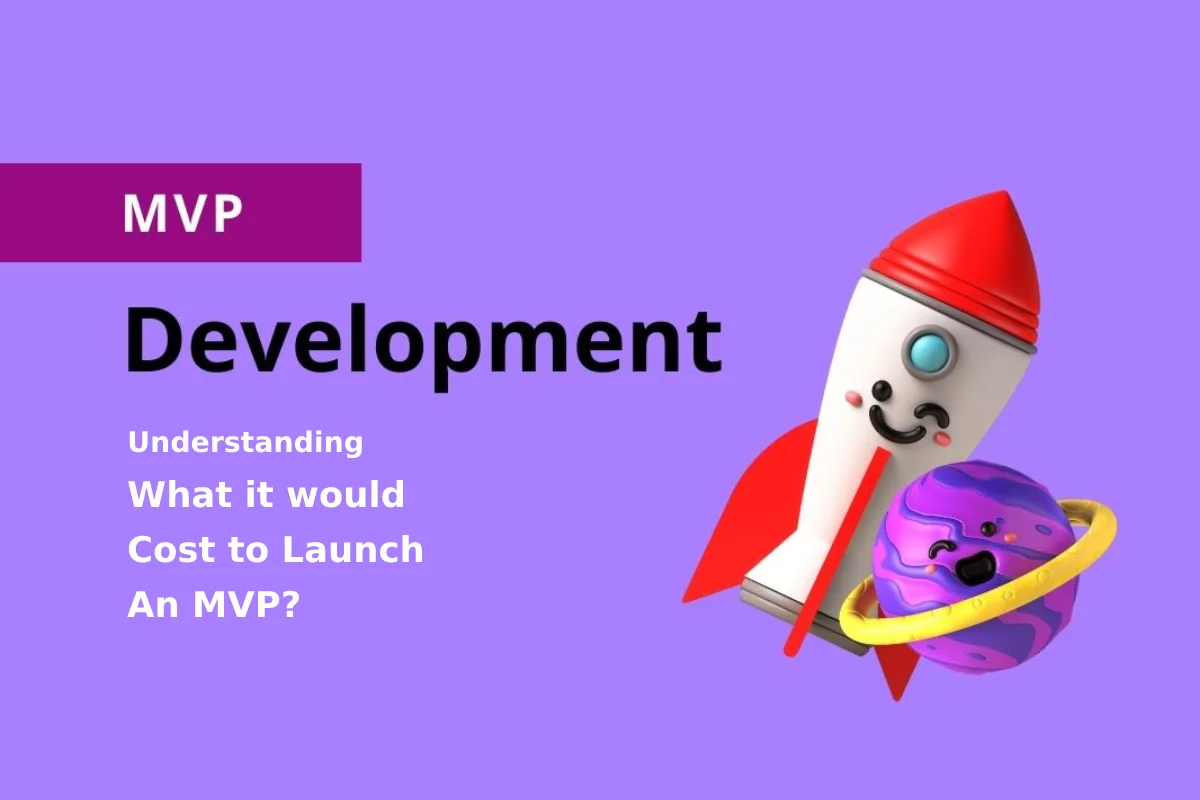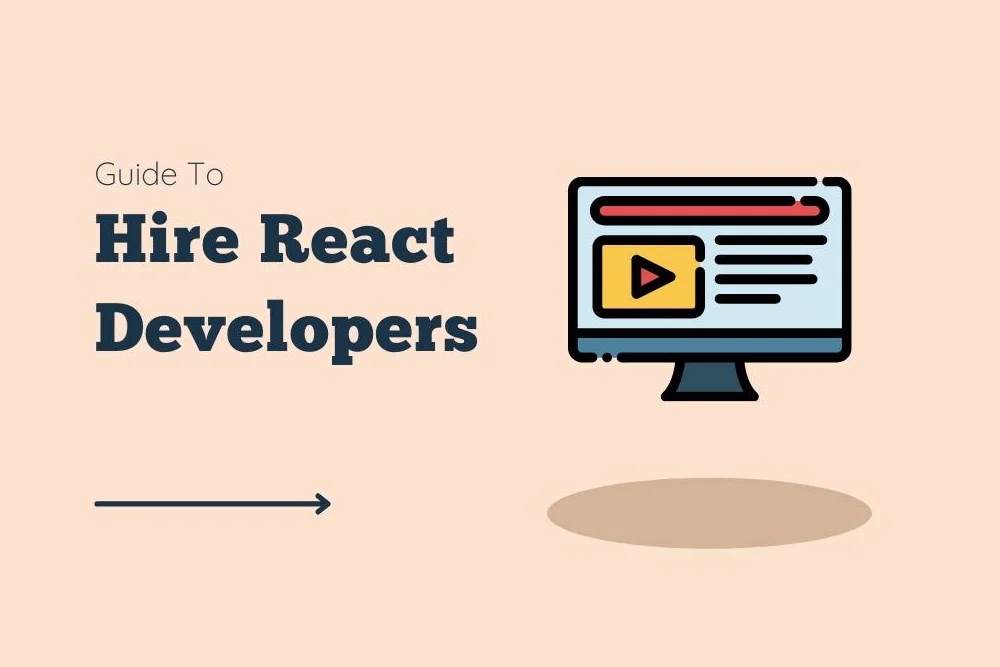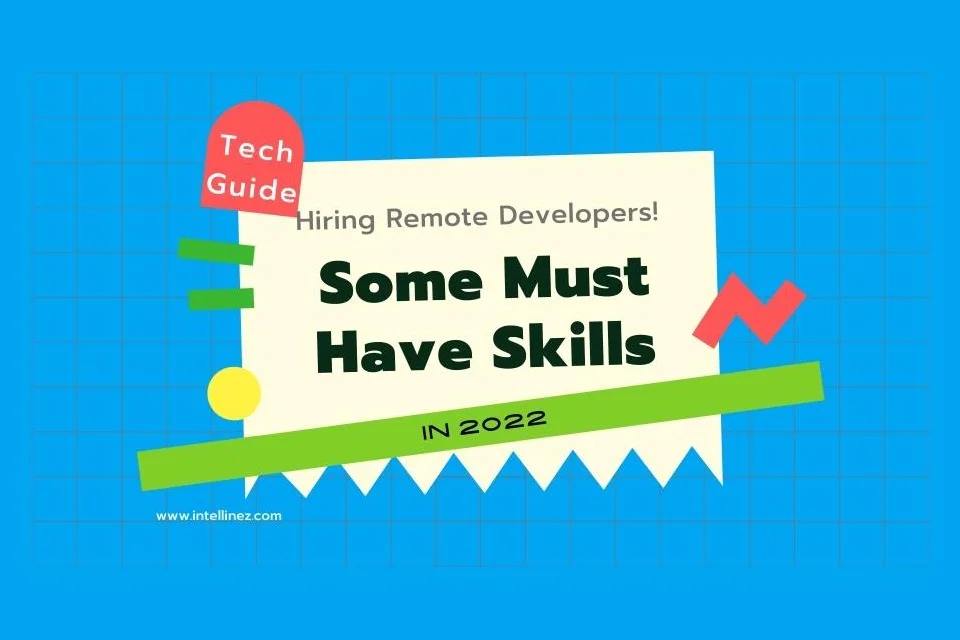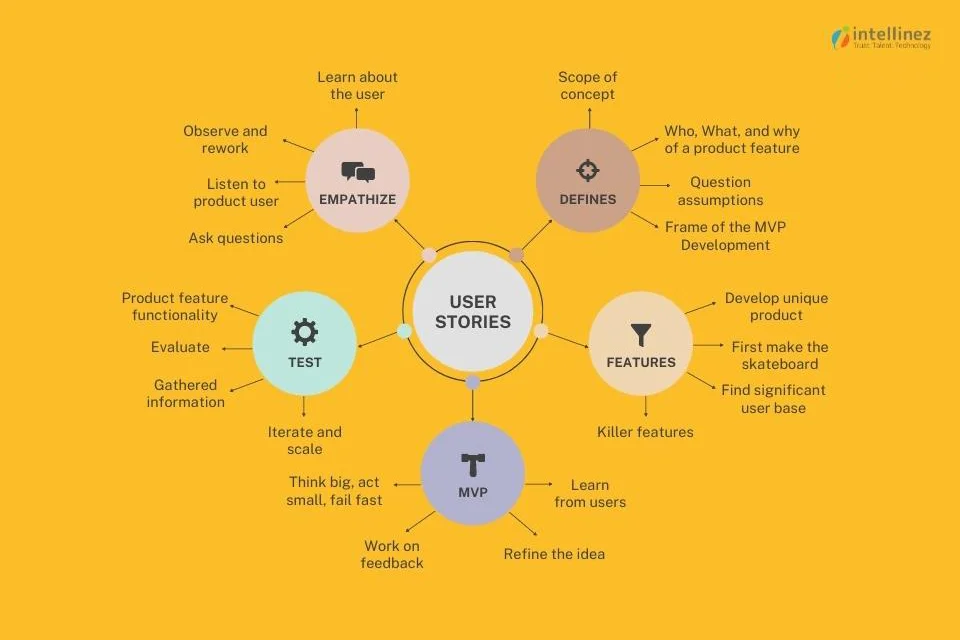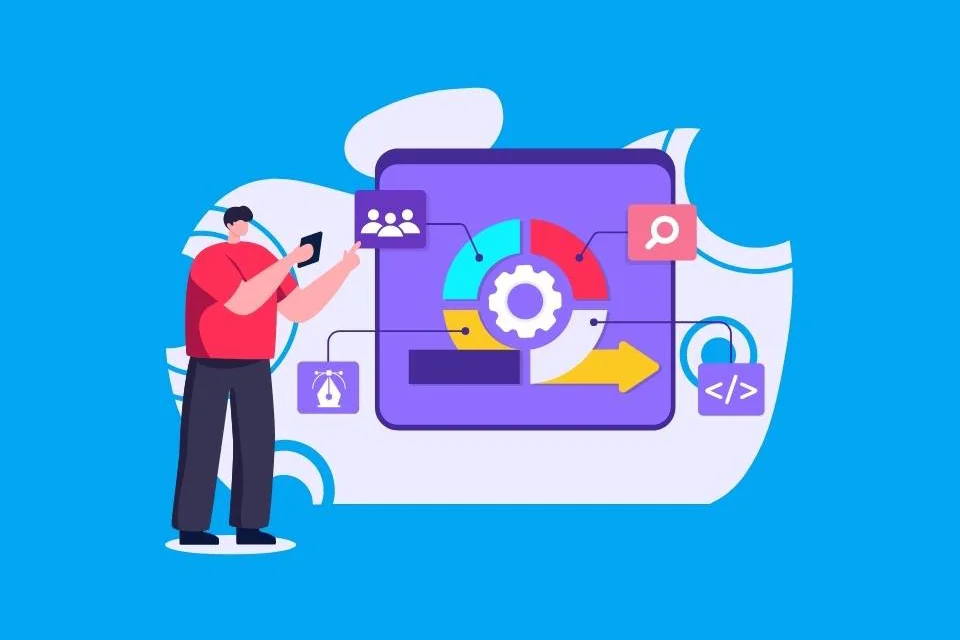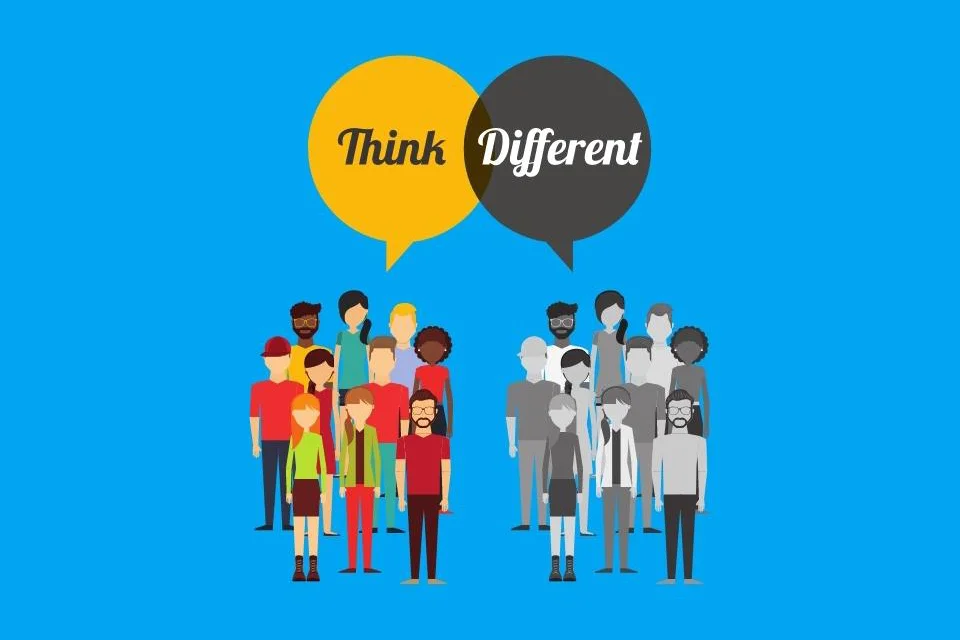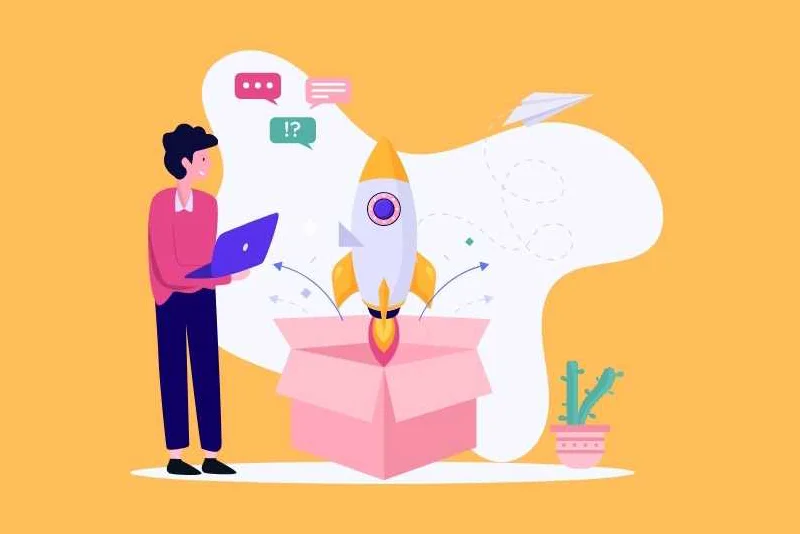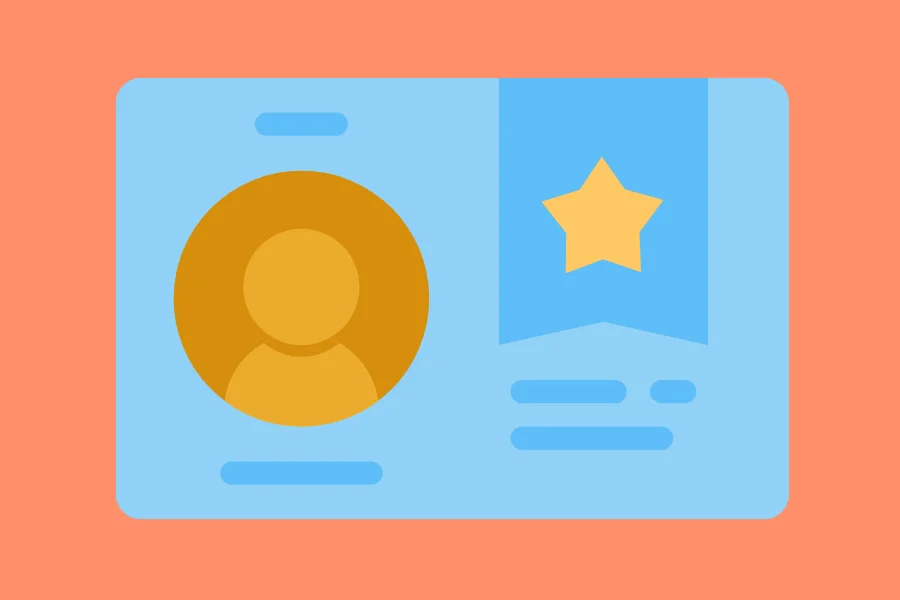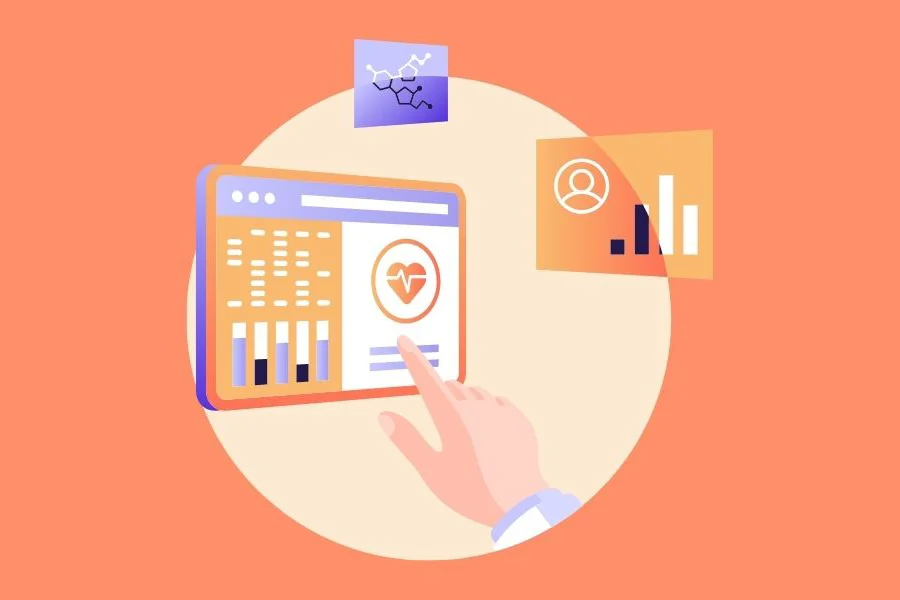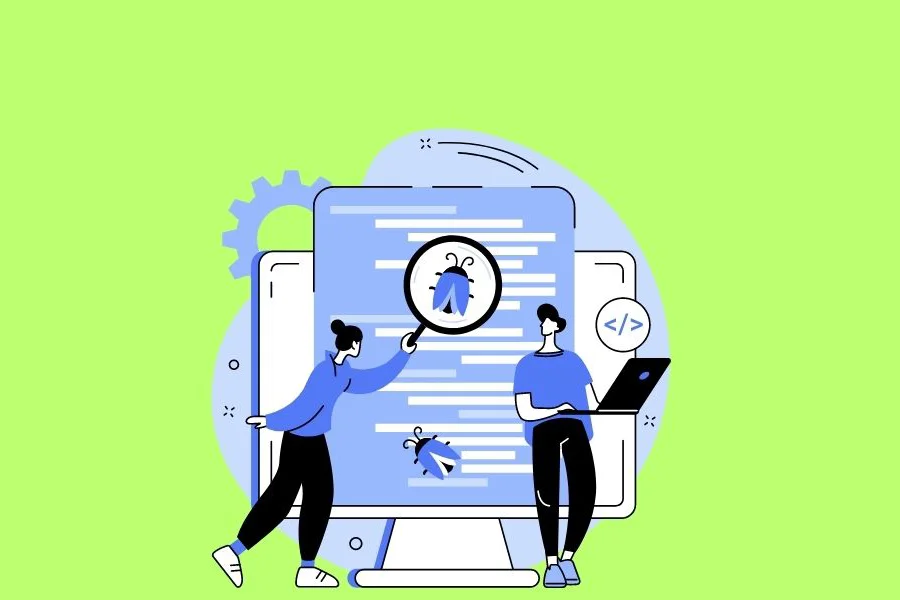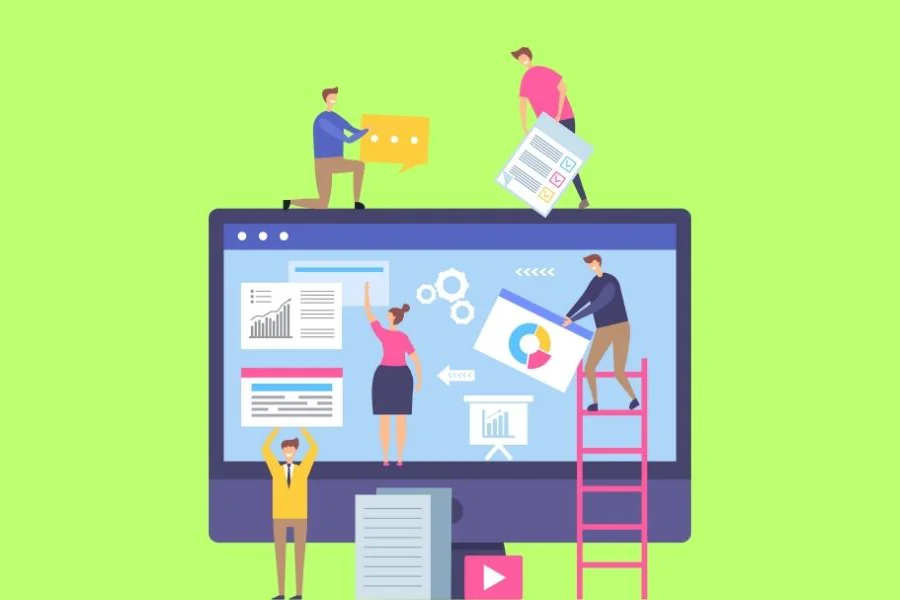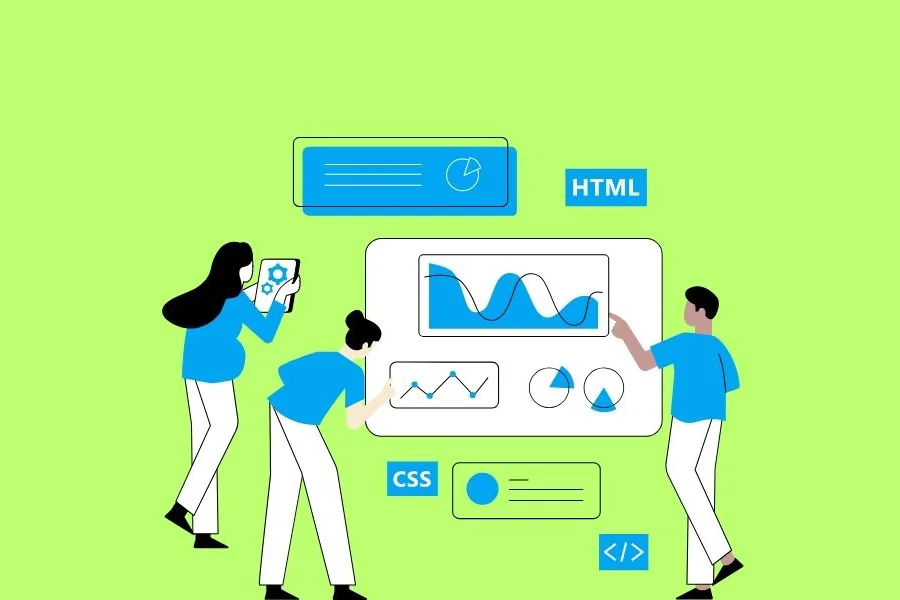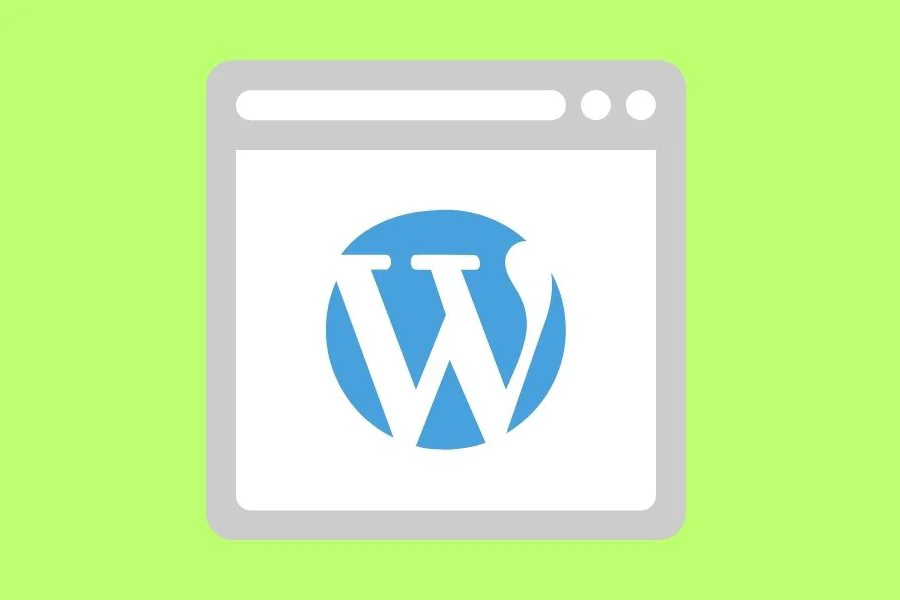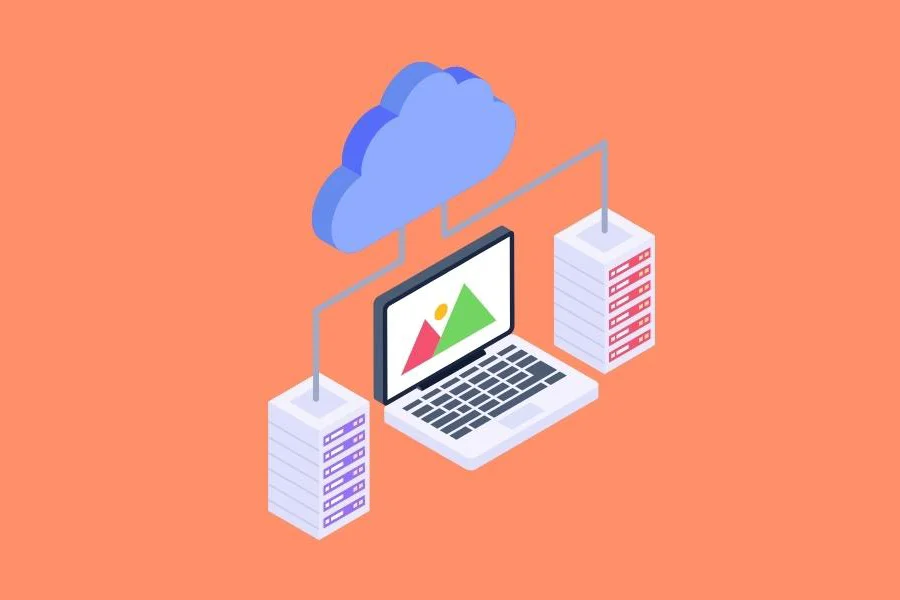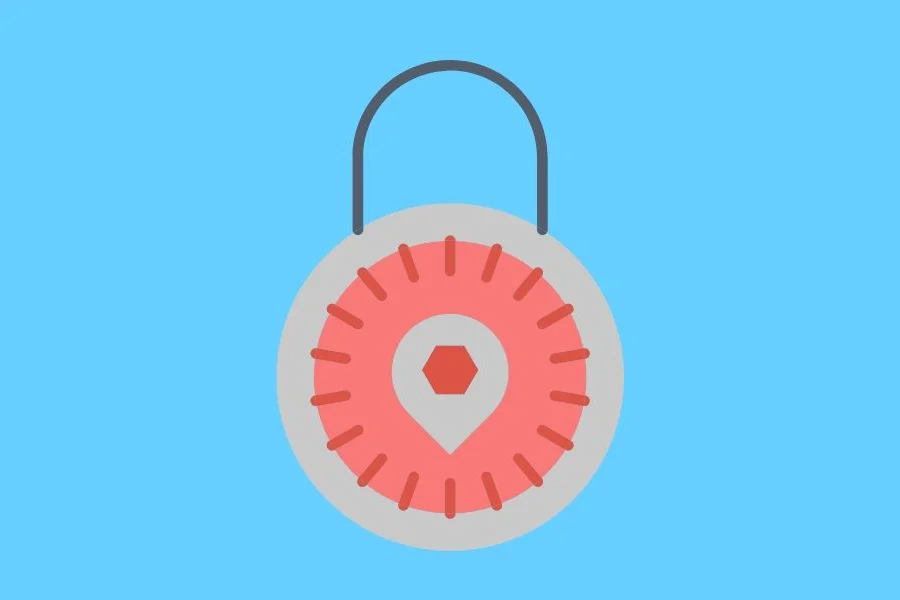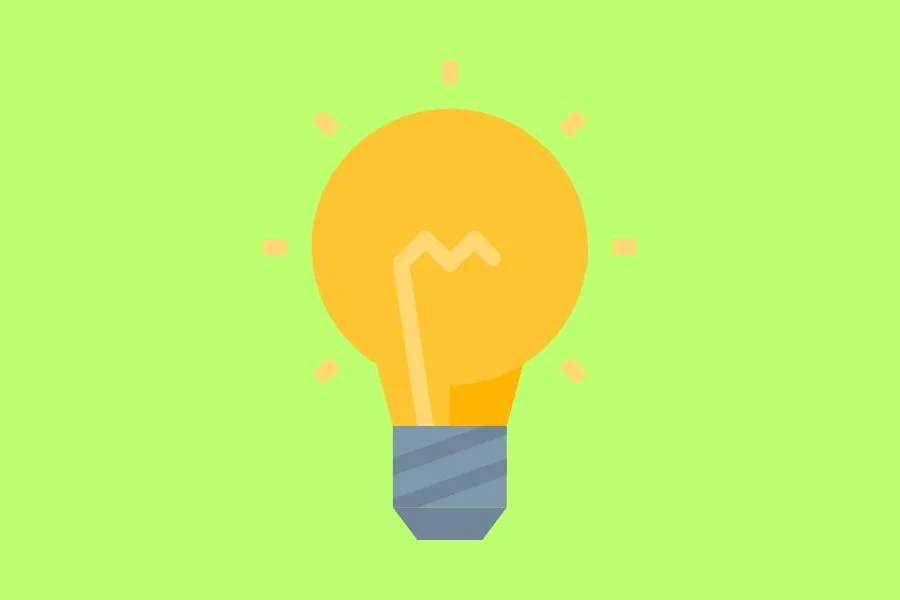- Market Development
- The Introduction Stage – Building Demand And Awareness
- The Growth Stage – Establishing A Strong Presence
- The Maturity Stage – Managing Market Saturation
- The Decline Stage – Managing Customer Demand Shifts
- How The SaaS Product Life Cycle Affects Profit And Growth
- Strategies For Effective SaaS Product Life Cycle Management
- Adobe XD vs. Figma Round 3 | Which One is Best for You?
- Conclusion
In the dynamic realm of technology, Software as a Service (SaaS) has emerged as a dominant force, transforming the way businesses deliver and consume software applications. The development and management of SaaS products bring a unique set of challenges and opportunities. To thrive in this competitive landscape, understanding the need of effective SaaS product life cycle management is paramount.
SaaS Product Life Cycle Management (PLM) encompasses a holistic approach that guides companies through the distinct phases a SaaS product experiences, from its inception to maturity and eventual decline. In this comprehensive guide, we will delve deep into the different stages of SaaS Product Life Cycle Management, examining their profound impact on a company’s profit and growth within the context of SaaS development. Moreover, we will provide invaluable insights into strategies that empower SaaS businesses to navigate these stages effectively, ensuring the long-term success of their products.
Managing a SaaS product’s life cycle involves a careful orchestration of development, marketing, customer engagement, and innovation. Here are the key stages of SaaS Product Life Cycle Management, each with its distinct characteristics:
Market Development
Before diving into the specific stages of SaaS Product Life Cycle Management, it is crucial to understand the overarching concept of market development. This initial phase involves extensive market research aimed at identifying potential opportunities and market gaps. It entails analyzing customer needs, preferences, and emerging trends within the SaaS landscape. Market development lays the foundation for creating a SaaS product that effectively addresses these needs and becomes the cornerstone of a successful SaaS journey.
The Introduction Stage – Building Demand and Awareness
The introduction stage marks the birth of a new SaaS product in the market. During this phase, the primary focus is on creating awareness and generating demand among potential customers.
Key Activities
- Product Development: This phase encompasses in-depth research, design, and development of the SaaS product, emphasizing quality and innovation.
- Market Research: Gain a profound understanding of your target audience within the SaaS space. Identify potential competitors and stay updated on market trends specific to SaaS solutions.
- Marketing Strategies: Develop and execute effective marketing campaigns to create awareness and generate excitement around your SaaS product’s unique value proposition.
- Pricing Strategies: Determine the appropriate pricing strategy within the SaaS market. You can opt for freemium models, subscription pricing, or tiered plans to cater to different customer segments.
- Distribution Channels: Establish robust distribution channels to ensure your SaaS product reaches your target audience, which may include online marketplaces or partnerships with other software vendors.
- Limited Product Availability: Initially, the SaaS product may not be widely available to monitor its performance and gather valuable customer feedback.
Challenges: Challenges in this stage often include high development costs, limited initial SaaS subscriptions, and the necessity for substantial marketing investments to establish your presence in the SaaS ecosystem.
The Growth Stage – Establishing a Strong Presence
Once a SaaS product gains acceptance in the market, it progresses to the growth stage. This phase witnesses rapid expansion, increasing SaaS subscriptions, and the opportunity to solidify your brand’s presence within the SaaS industry.
Key Activities
- Market Expansion: Extend the reach of your SaaS product to new markets, industries, or customer segments, capitalizing on its initial success.
- Enhance Product Features: Continuously improve and add features to your SaaS solution to stay competitive and meet evolving customer expectations within the ever-changing SaaS landscape.
- Effective Marketing: Maintain and strengthen marketing efforts to solidify your brand identity within the SaaS ecosystem and reach a wider audience.
- Pricing Adjustments: Monitor the competition closely and make pricing adjustments as needed to sustain growth and attract more SaaS subscribers.
- Scalability: Ensure that your SaaS infrastructure can scale seamlessly to accommodate the increasing demand for your product.
Challenges: Challenges in this stage may include increased competition within the SaaS market, potential scalability issues, and the imperative to maintain the high-quality standards that attracted your initial customer base.
The Maturity Stage – Managing Market Saturation
The maturity stage signifies stability in SaaS subscriptions and often indicates market saturation. During this phase, businesses must focus on retaining their market share and finding ways to differentiate their SaaS product from competitors.
Key Activities
- Product Diversification: Introduce additional features, modules, or integrations to your SaaS product to cater to diverse customer preferences and remain competitive.
- Cost Optimization: Continuously optimize operational costs and infrastructure to maintain profitability as growth stabilizes.
- Customer Retention: Emphasize exceptional customer service and support to retain existing SaaS subscribers, build brand loyalty, and reduce churn rates.
- Effective Advertising: Shift marketing efforts towards emphasizing your SaaS product’s differentiation and the value it continues to bring to customers.
- Pricing Stability: Maintain competitive pricing within the SaaS market while ensuring profitability to sustain your position.
Challenges: Challenges in this stage typically include intense competition within the saturated SaaS market, potential price wars, and the need for continuous innovation to stand out and retain your customer base.
The Decline Stage – Managing Customer Demand Shifts
The decline stage is characterized by a decline in SaaS subscriptions, driven by changing customer preferences, technological advancements, or market saturation. During this phase, businesses must make critical decisions regarding whether to gracefully exit the market or invest in revitalization efforts to extend the SaaS product’s relevance.
Key Activities
- Market Analysis: Determine the reasons behind the decline in SaaS subscriptions. Is it due to technological obsolescence, shifting customer needs, or disruptive market changes?
- Product Modification: Consider making strategic improvements or modifications to extend your SaaS product’s lifespan and relevance within the evolving SaaS landscape.
- Cost Management: Streamline operations and infrastructure to maintain profitability, even in the face of declining SaaS subscriptions.
- Exit Strategy: If revitalization efforts prove unsuccessful, carefully consider discontinuing the SaaS product and exiting the market gracefully, possibly focusing resources on new ventures within the SaaS industry.
Challenges: Challenges in this stage include identifying the right time to exit the market, managing declining SaaS subscriptions, and potentially facing financial losses if revitalization attempts do not yield the desired results.
How the SaaS Product Life Cycle Affects Profit and Growth
Understanding the SaaS Product Life Cycle is pivotal for making informed decisions about resource allocation, marketing strategies, and long-term profitability in the SaaS industry. Each stage of the SaaS Product Life Cycle can significantly impact profit and growth:
- Introduction Stage: High development and marketing costs may initially impact profit. However, successful SaaS products have the potential for rapid growth and market dominance within the SaaS industry.
- Growth Stage: Increased SaaS subscriptions and market share contribute to higher profitability and growth. Companies can reinvest in product development, customer support, and marketing to further capitalize on this phase.
- Maturity Stage: While profit margins may stabilize, growth potential diminishes as the SaaS market reaches saturation. Effective cost management, product diversification, and exceptional customer retention strategies are essential for sustaining profitability within the mature SaaS market.
- Decline Stage: Declining SaaS subscriptions can lead to reduced profits. Businesses must decide whether to gracefully exit the market or invest in revitalization efforts to extend their product’s relevance and profitability within the changing SaaS landscape.
Strategies for Effective SaaS Product Life Cycle Management
Effectively managing the SaaS Product Life Cycle demands strategic planning, adaptability, and a deep understanding of market dynamics within the SaaS industry. Here are some strategies that empower SaaS businesses to navigate each stage successfully:
- Continuous Market Research: Continuously monitor SaaS market trends and customer preferences to identify opportunities and threats within the ever-evolving SaaS ecosystem.
- Innovation: Invest in ongoing research and development to enhance existing SaaS products or create new ones that address changing customer needs and emerging SaaS technologies.
- Tailored Marketing Strategies: Customize marketing strategies to align with the needs and characteristics of each stage in the SaaS Product Life Cycle, focusing on awareness, differentiation, or repositioning as required.
- Quality Control: Maintain a relentless focus on SaaS product quality and reliability to build and retain customer trust and loyalty.
- Cost Optimization: Continuously optimize SaaS infrastructure, operational costs, and resource allocation to maximize profitability, particularly during the mature and decline stages.
- Exceptional Customer Engagement: Keep SaaS customers engaged and satisfied through outstanding customer service, timely support, and ongoing communication to address their evolving needs.
- Product Diversification: Consider introducing additional features, modules, or integrations to expand your SaaS product’s capabilities and appeal to a broader audience or new industries.
- Exit Strategy Planning: Develop a well-defined exit strategy for SaaS products in the decline stage, which may involve product discontinuation, resource reallocation, or new ventures within the SaaS industry.
Conclusion
SaaS Product Life Cycle Management is a critical component of success in the ever-evolving world of software technology. As SaaS products continue to reshape industries and revolutionize the way businesses operate, understanding and effectively managing their life cycles becomes imperative.
Whether you are embarking on the journey of introducing a groundbreaking SaaS product, building a robust brand within the SaaS ecosystem, or strategically revitalizing an aging SaaS solution, the key to success lies in strategic planning, innovation, and an unwavering commitment to customer satisfaction. Embracing the SaaS Product Life Cycle as a guiding framework empowers businesses to achieve long-term success and profitability within the dynamic and competitive SaaS industry.
The journey through these stages defines not only the life cycle of a SaaS product but also the trajectory of a company’s growth, impact, and prosperity in the fast-paced world of SaaS development and management.
Hire Intellinez Systems for Your Customized SaaS Product Development
With our expertise, we craft bespoke solutions aligned with your unique needs. Our team’s deep technical knowledge and commitment ensure a product that not only meets but exceeds your expectations. We prioritize innovation, quality, and timely delivery, making us your ideal partner in SaaS development. Collaborate with us to transform your vision into a reality that drives success in the competitive digital landscape.
Soumya Mishra
Technology Leader proficient in engineering and execution of enterprise-level IT projects and providing support services on the same. Possesses the ability to set functional and technical strategies, converting them to an achievable plan of action, and driving them to realize and achieve customer success. Passionate leader believing in leading by example, possessing strong problem-solving skills and a can-do attitude. Adept at handling cross-functional teams across the globe and motivating them to achieve outstanding and sustainable results to meet organizational goals and objectives! Guiding Quote – “Every job is a self-portrait of the person who did it, Autograph your work with excellence”

















